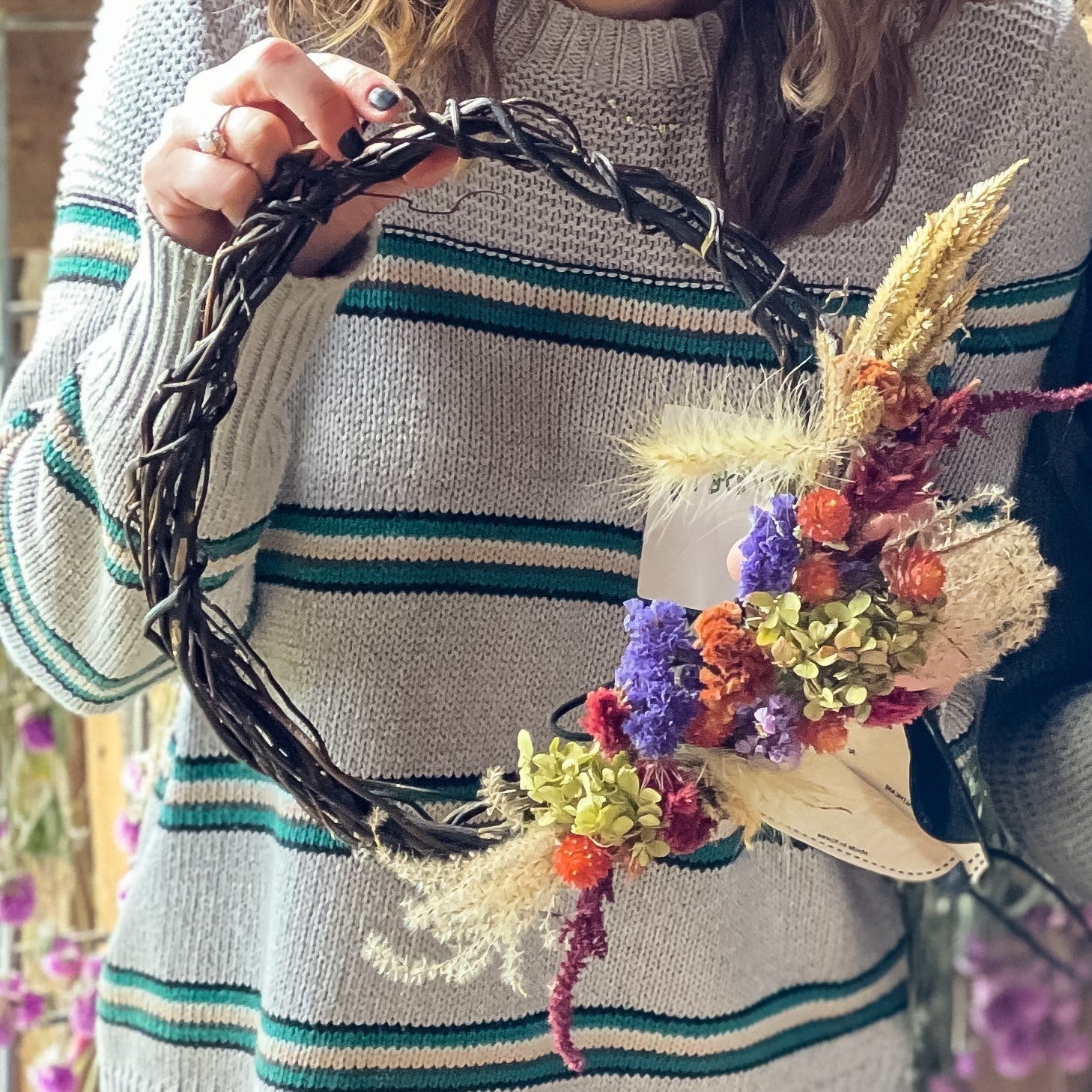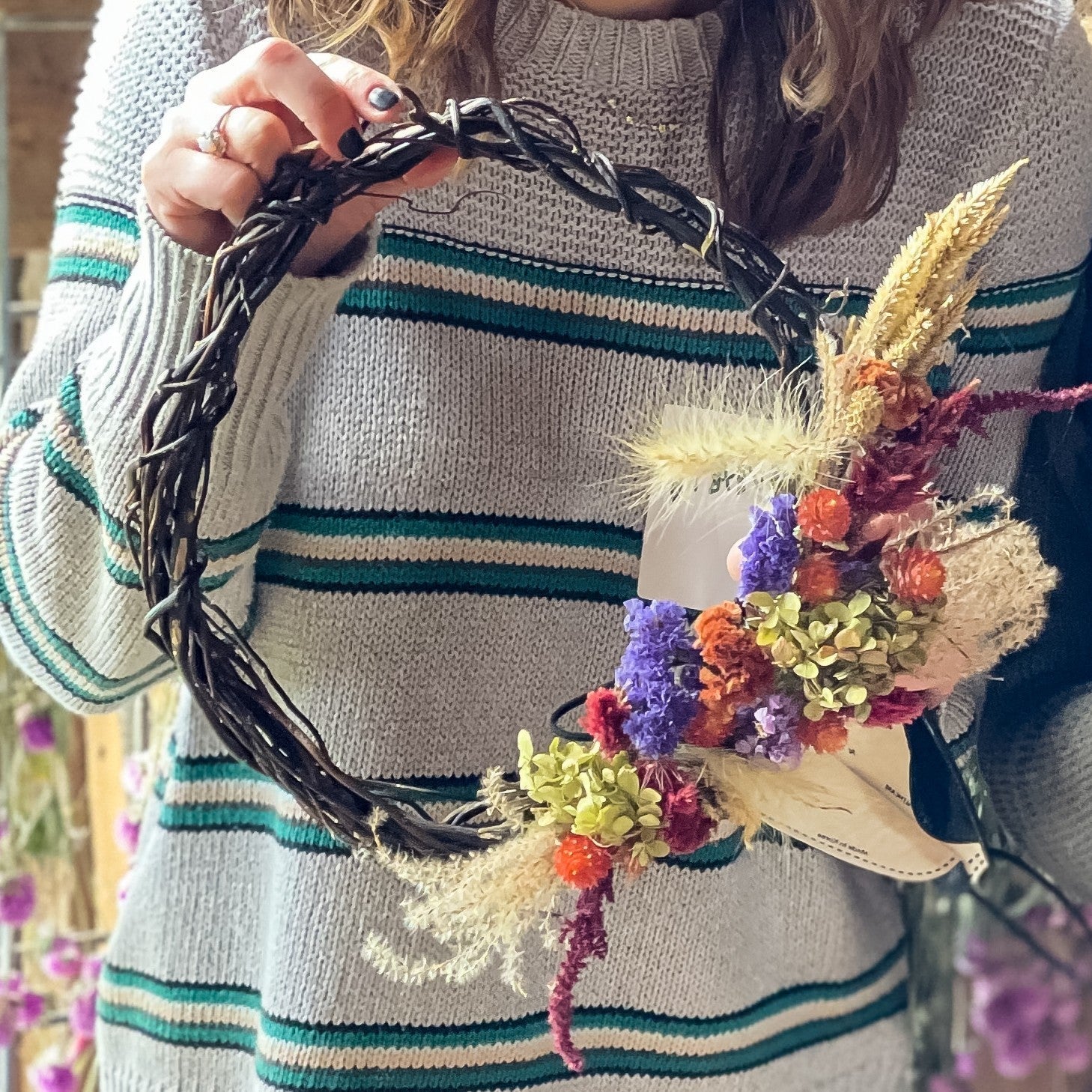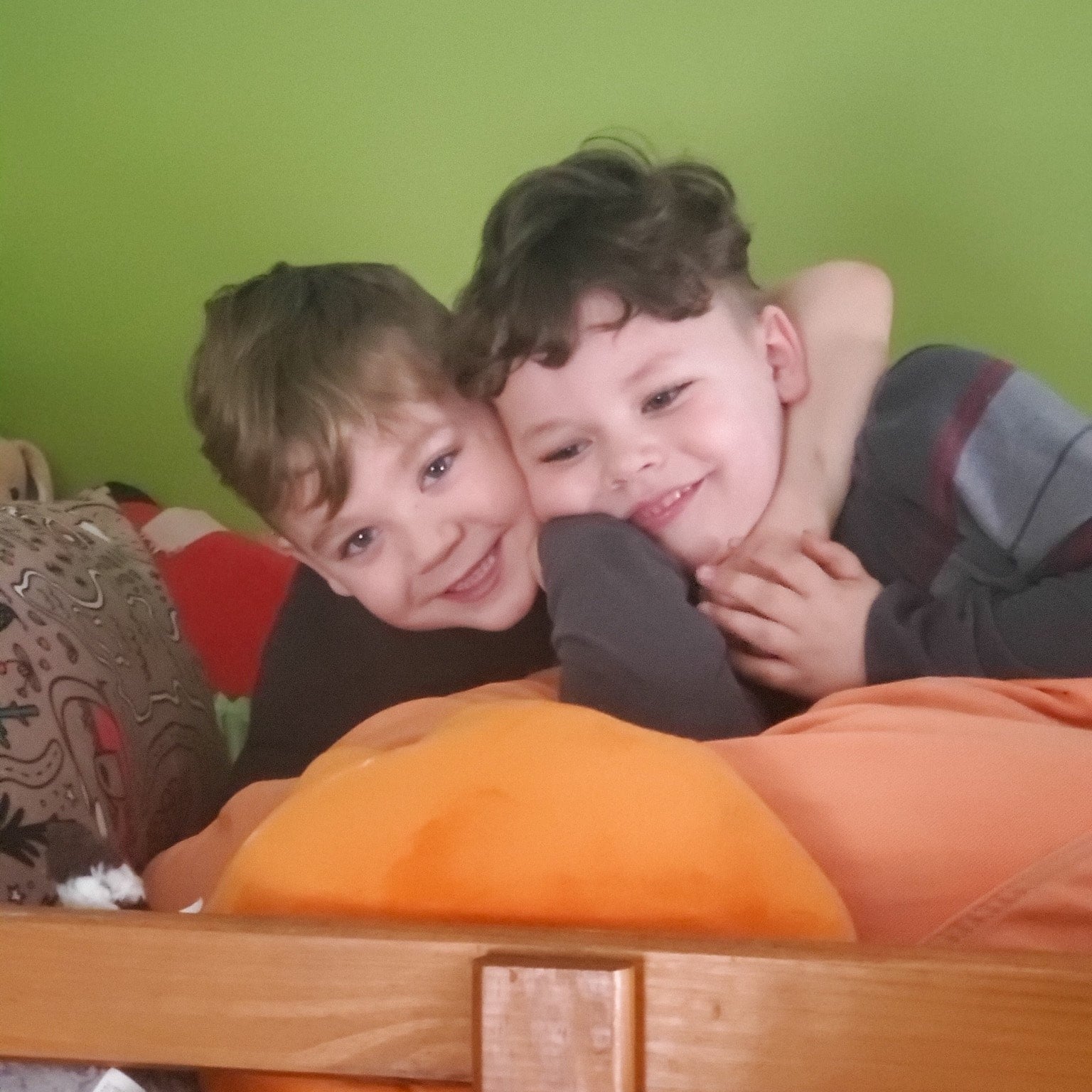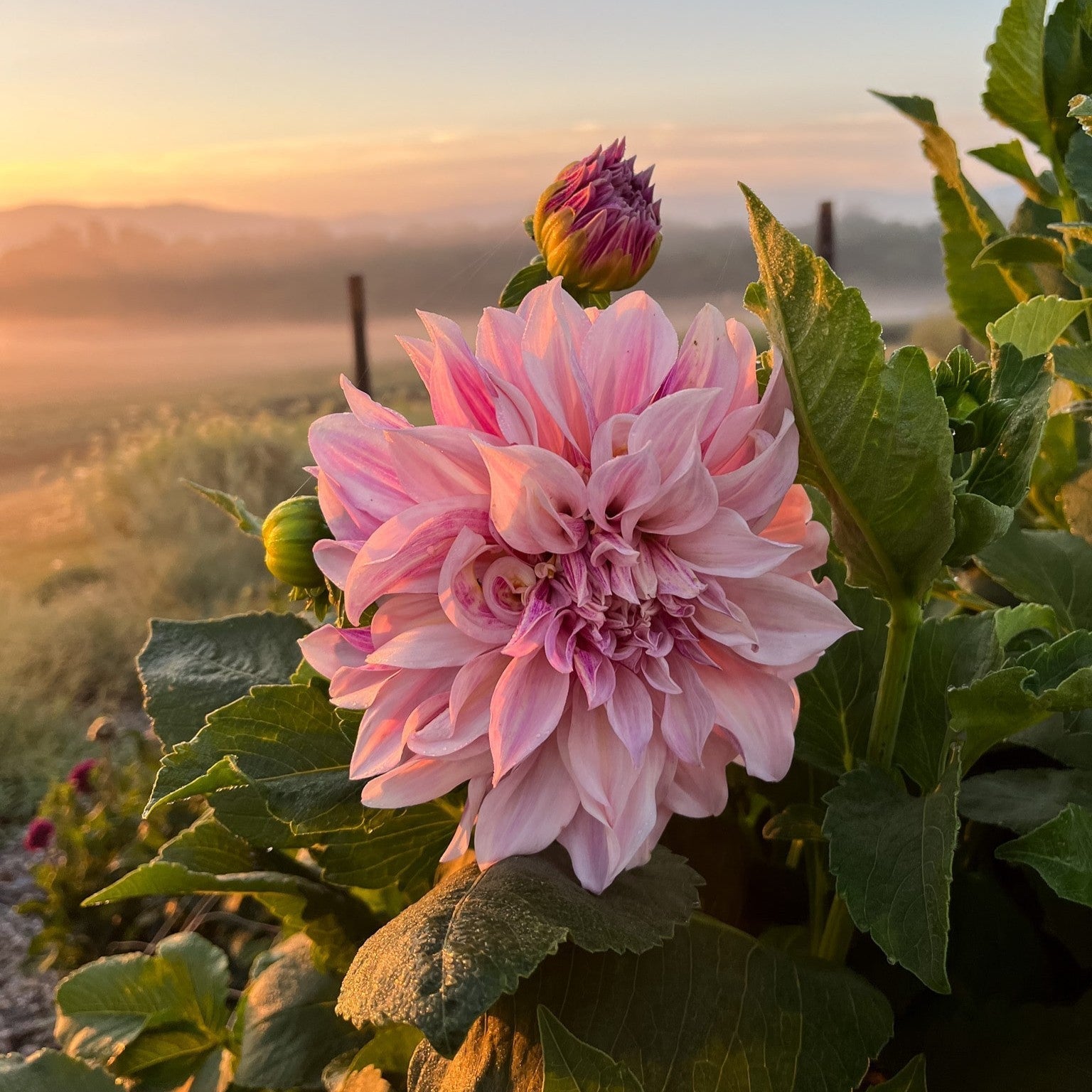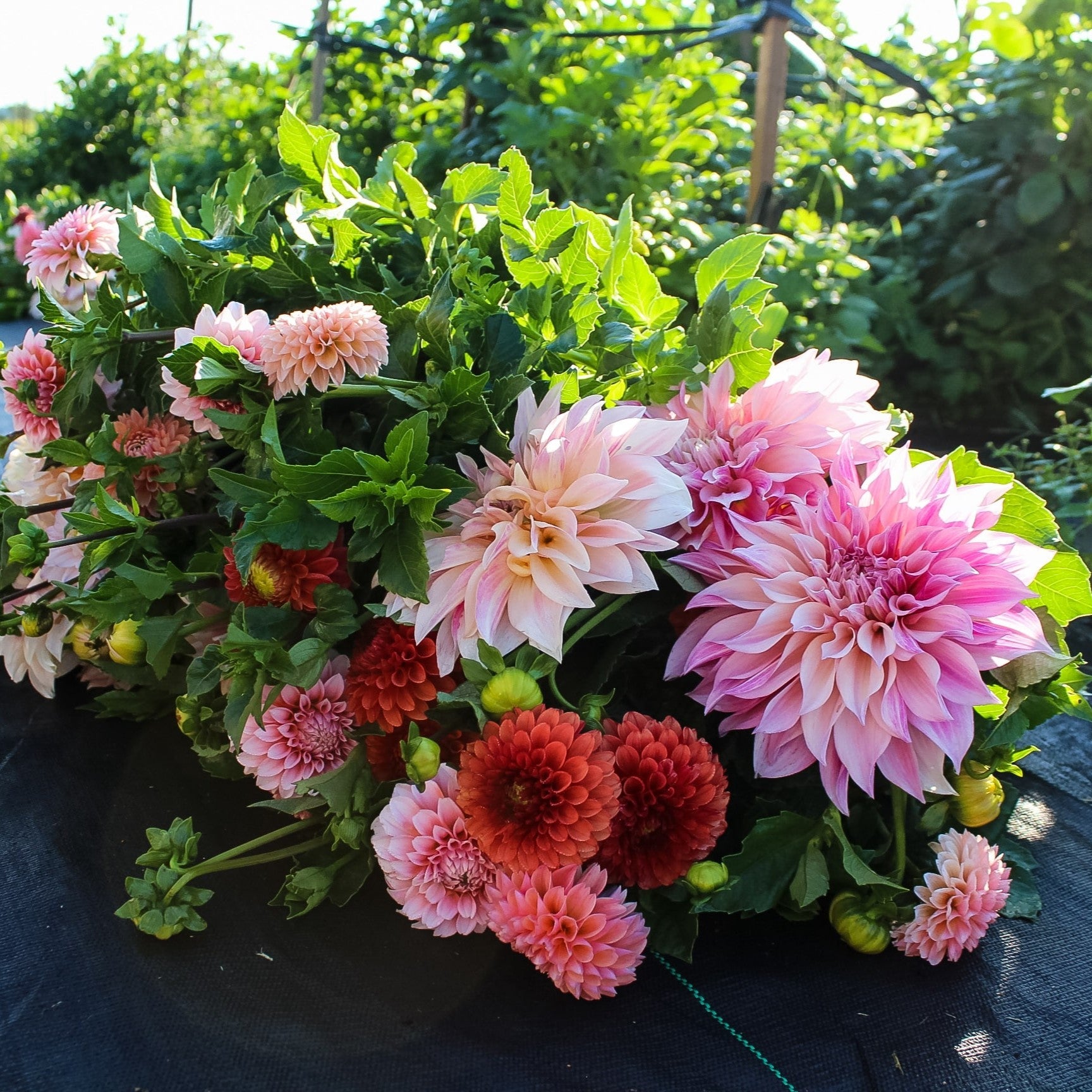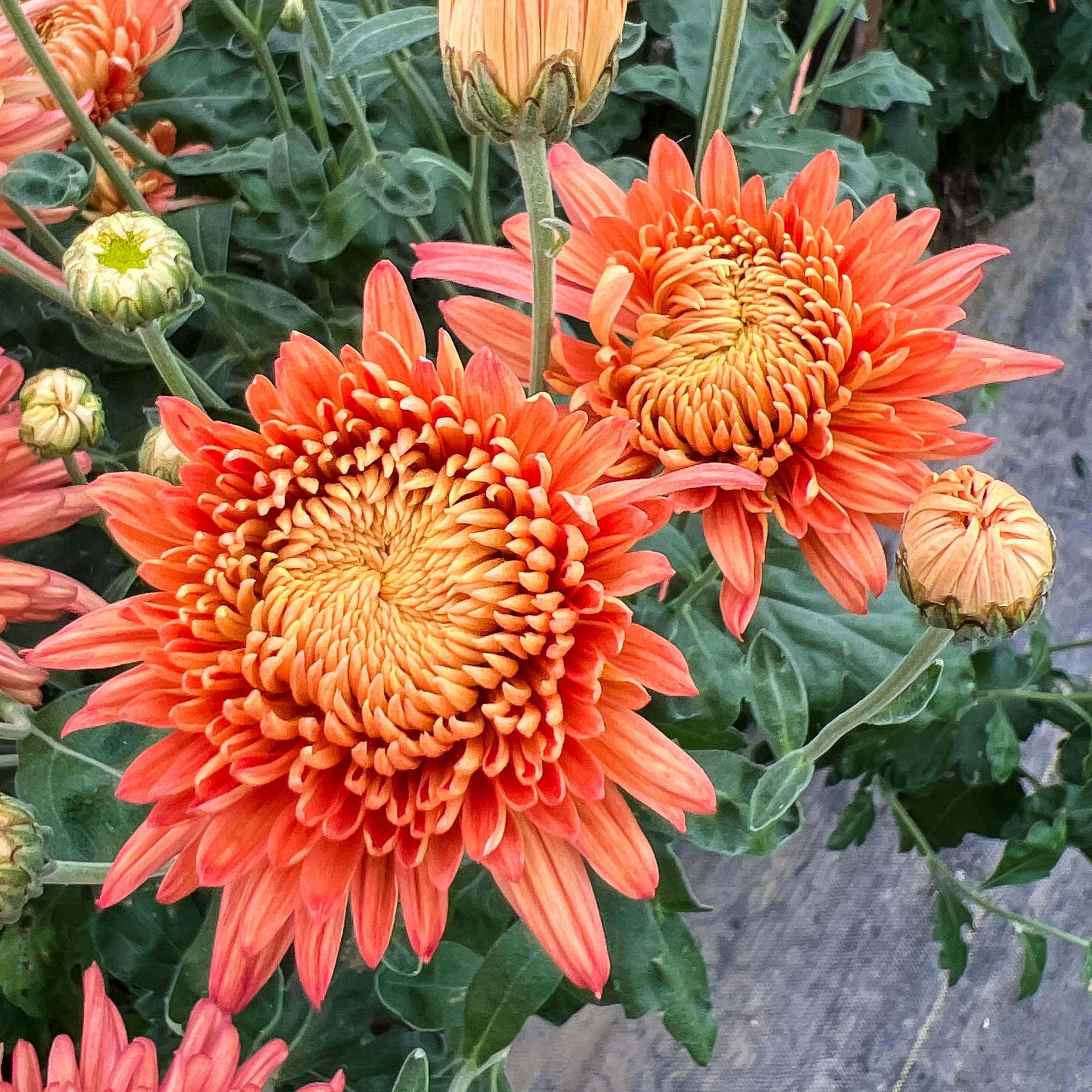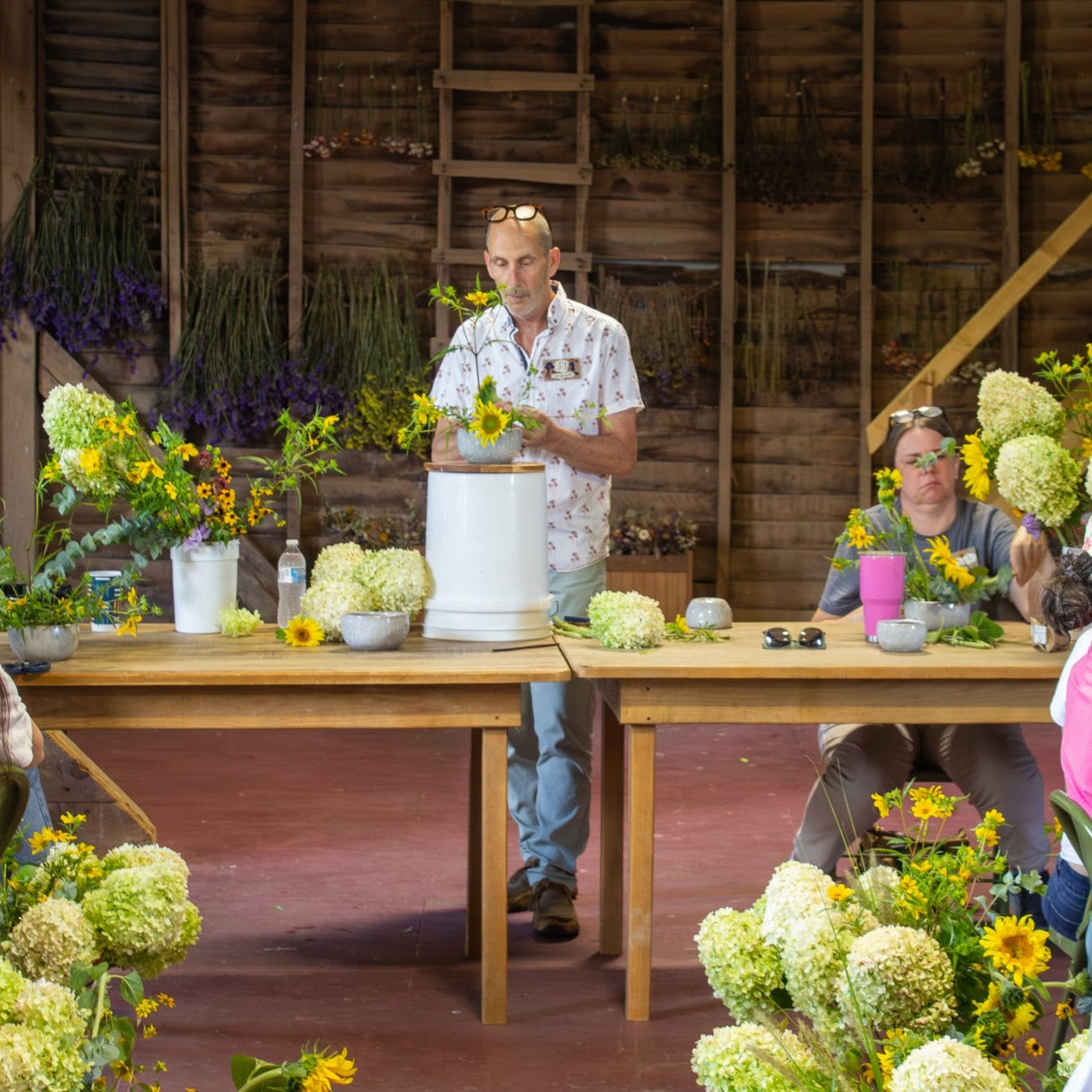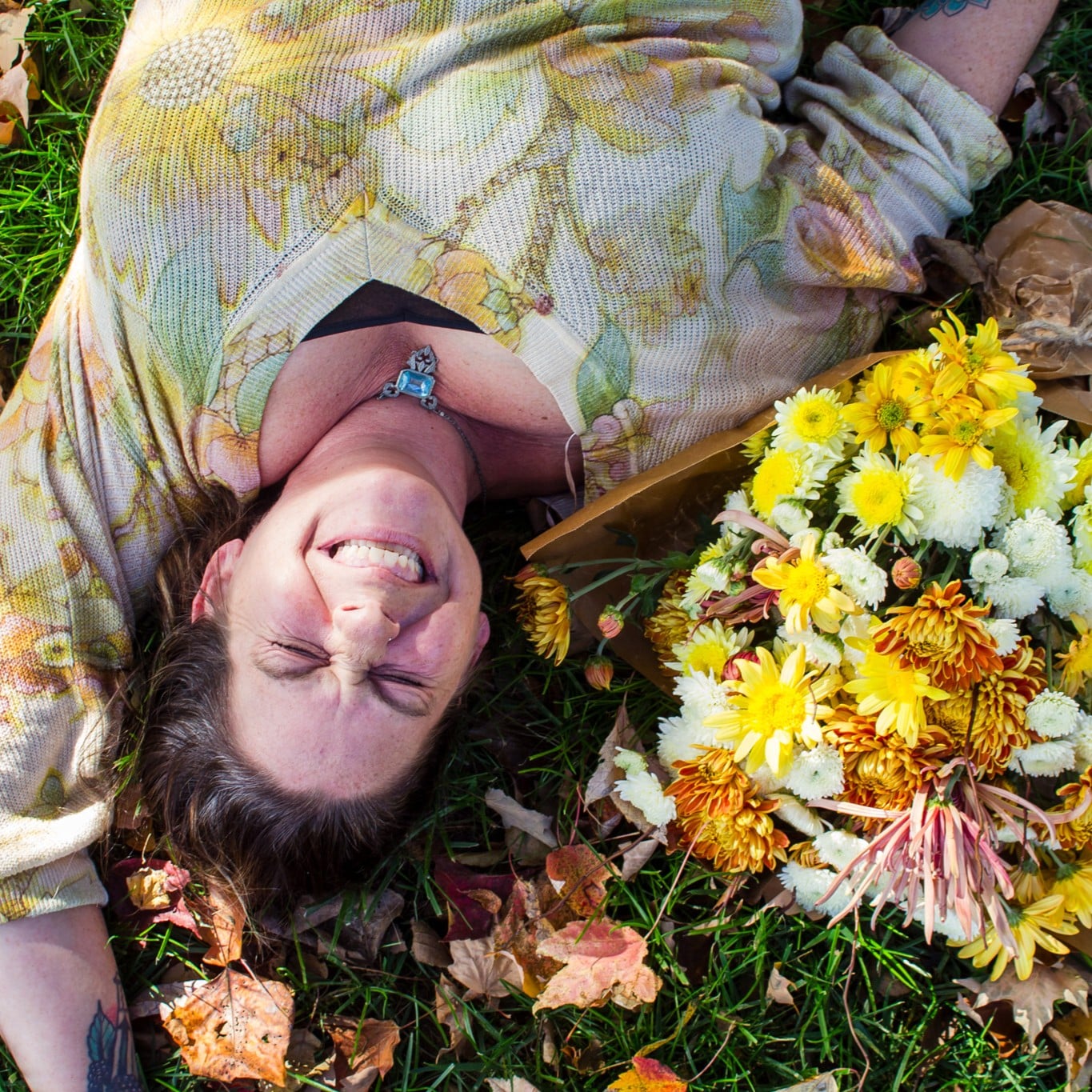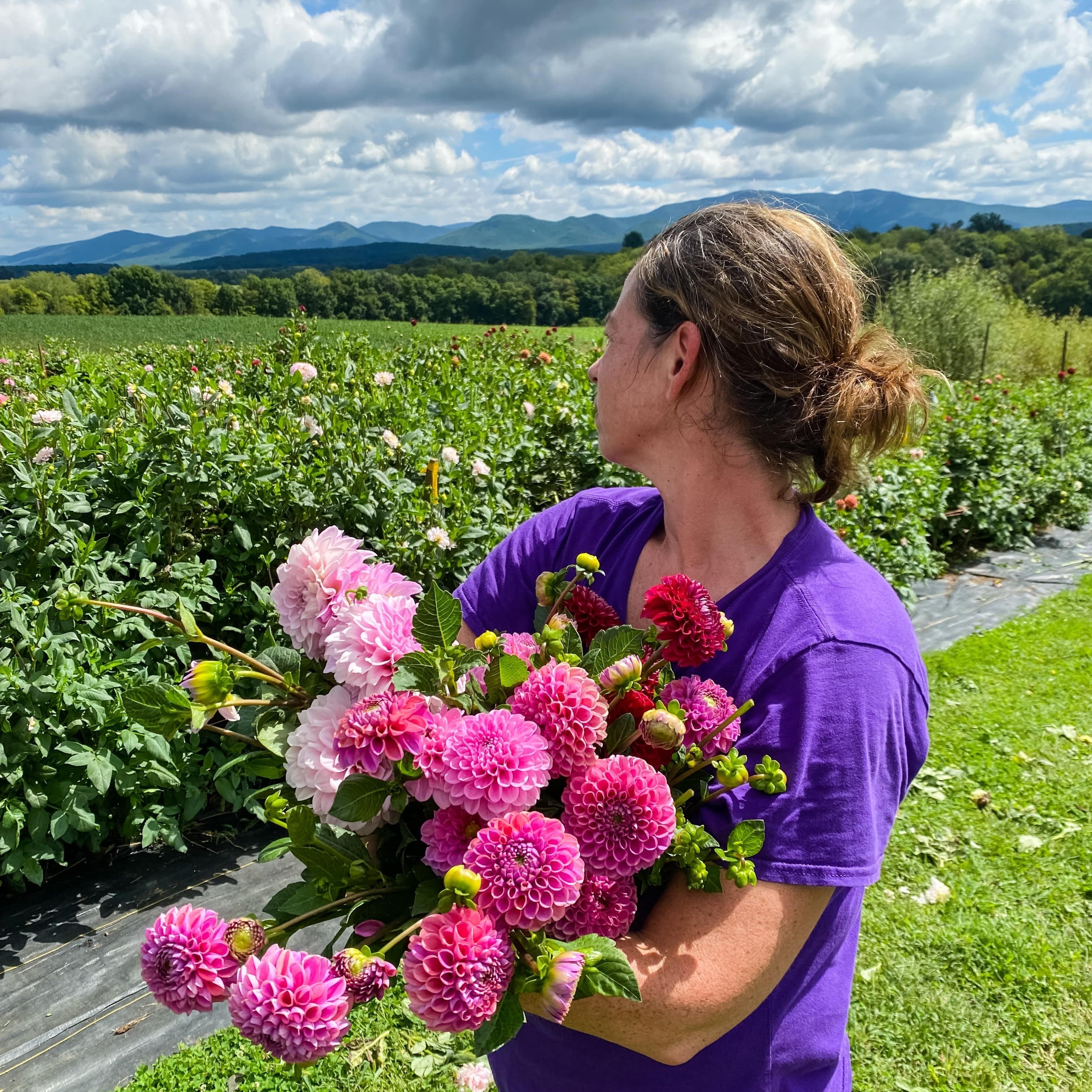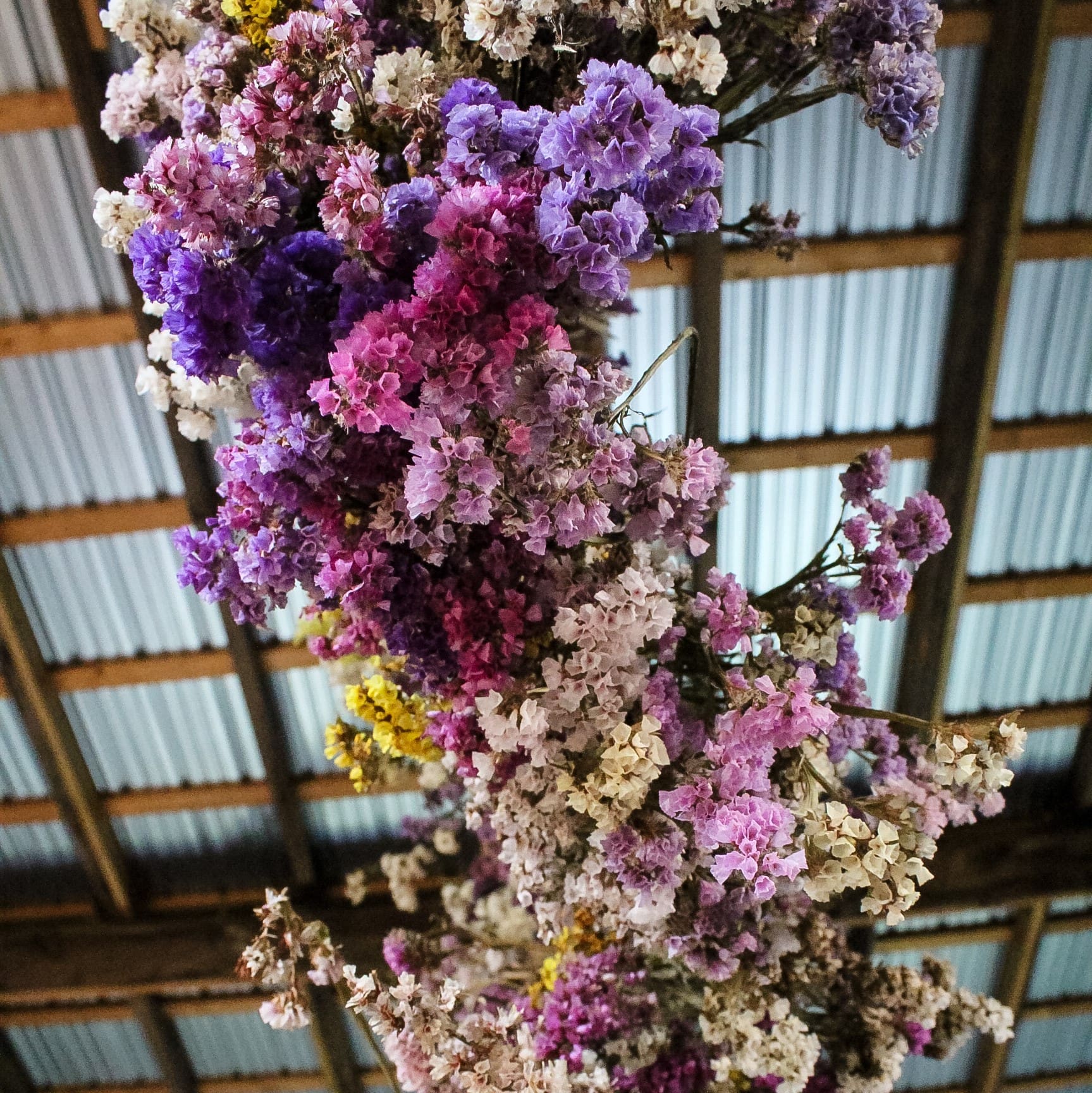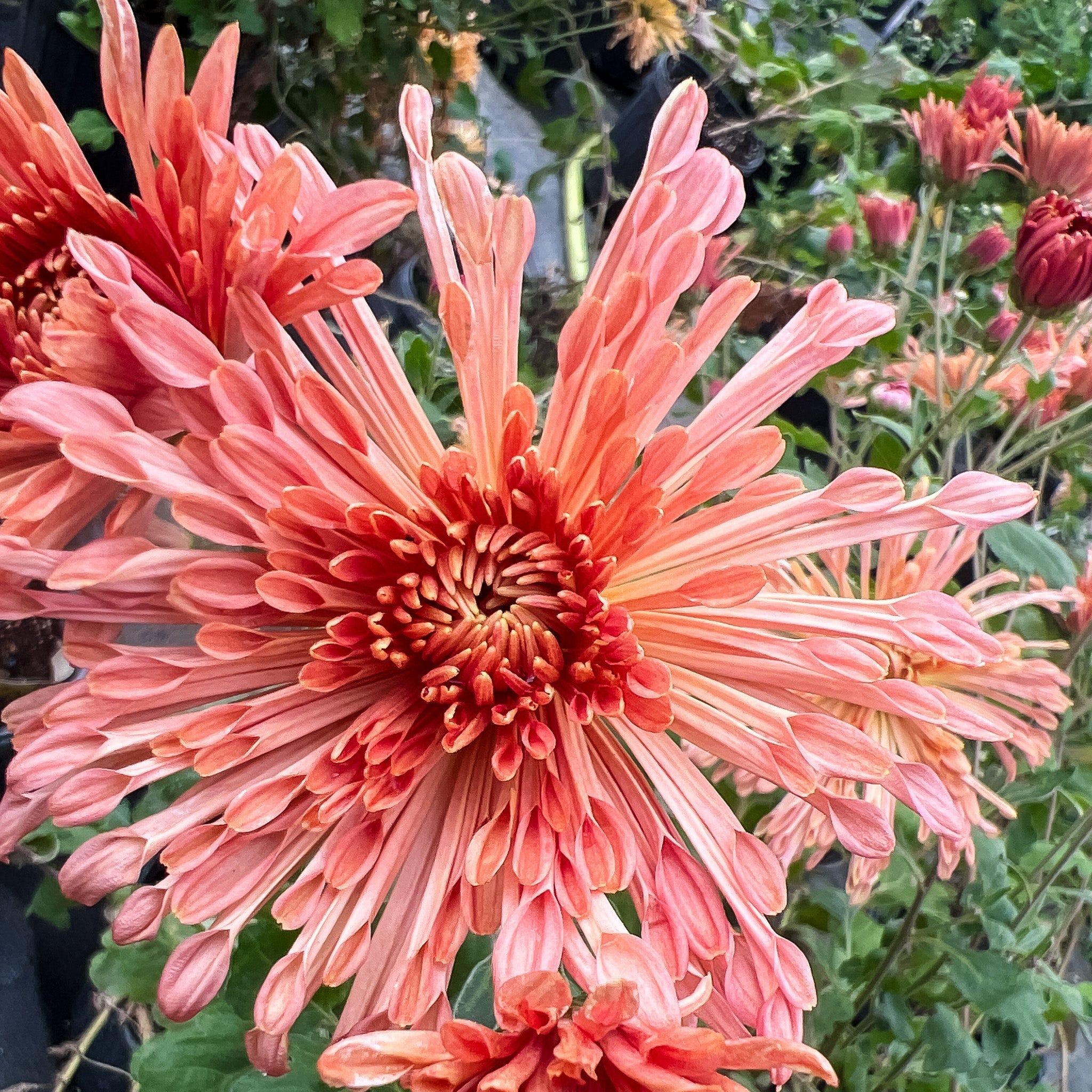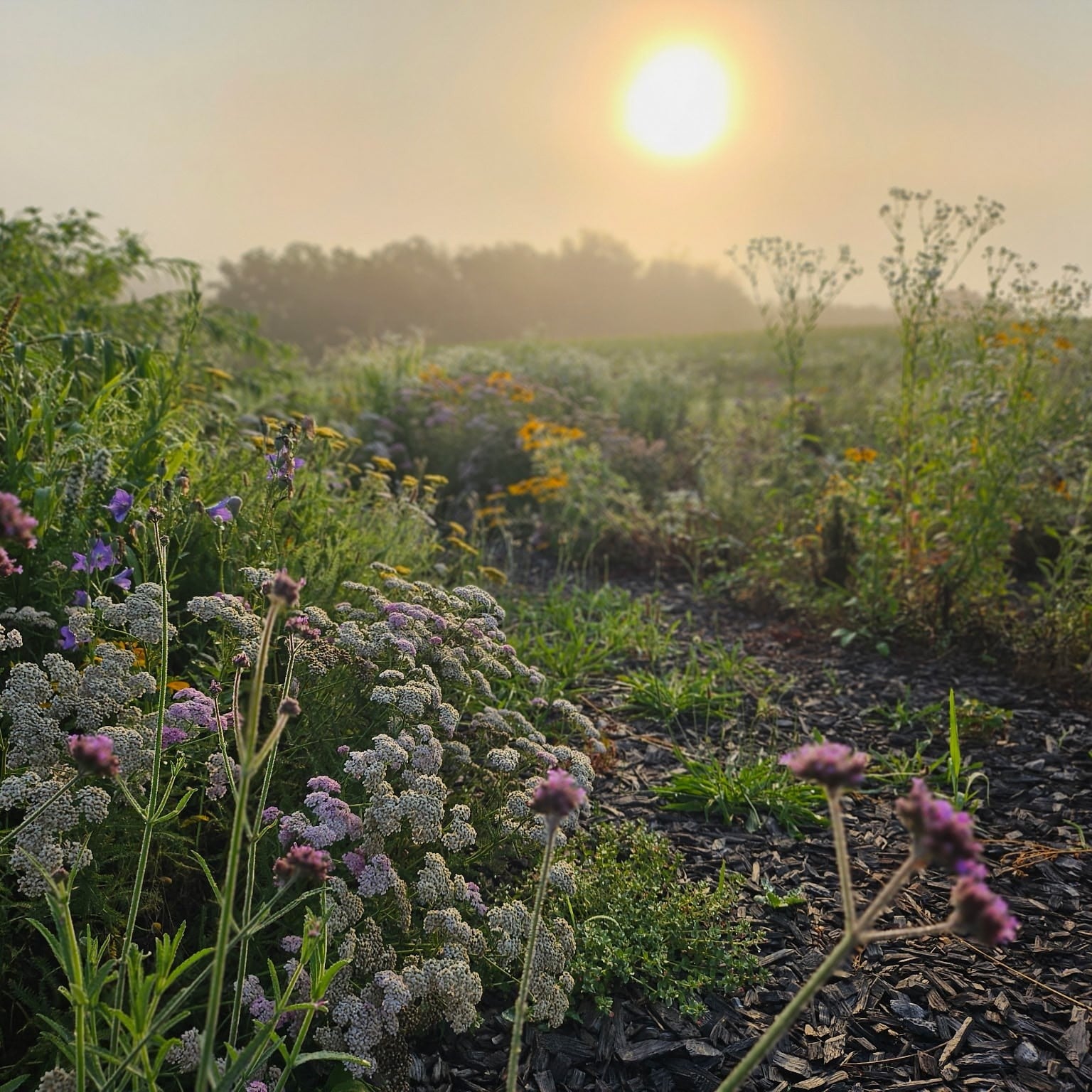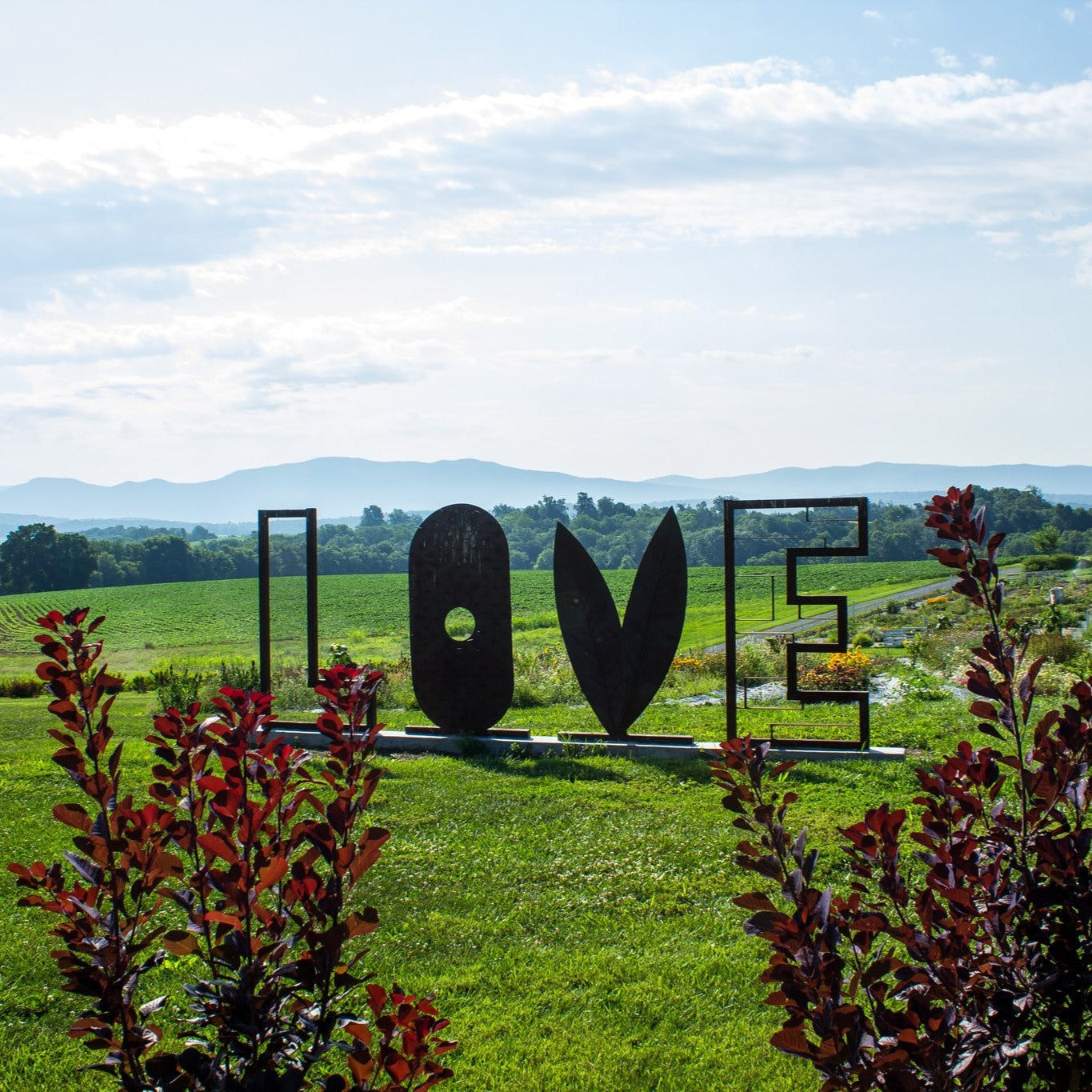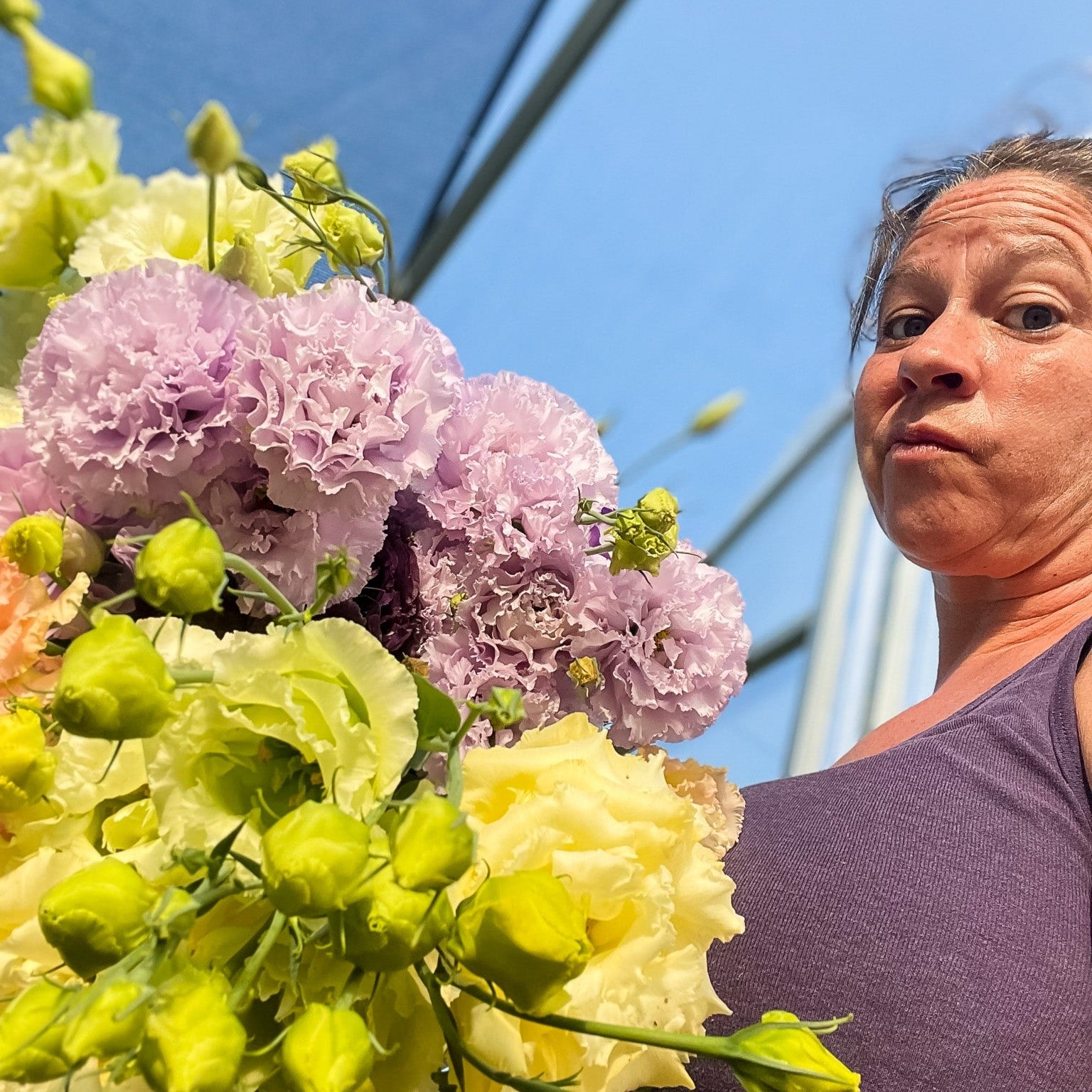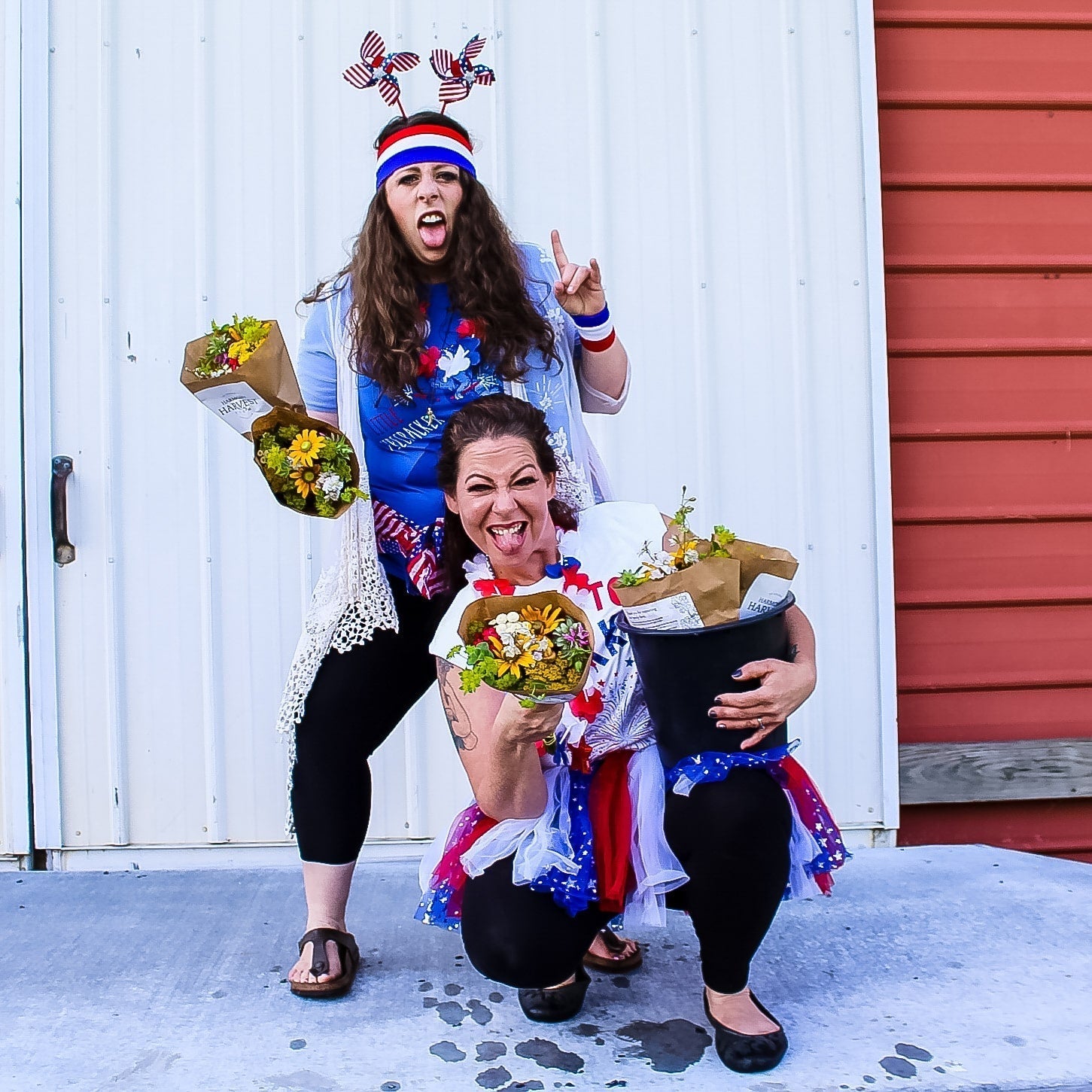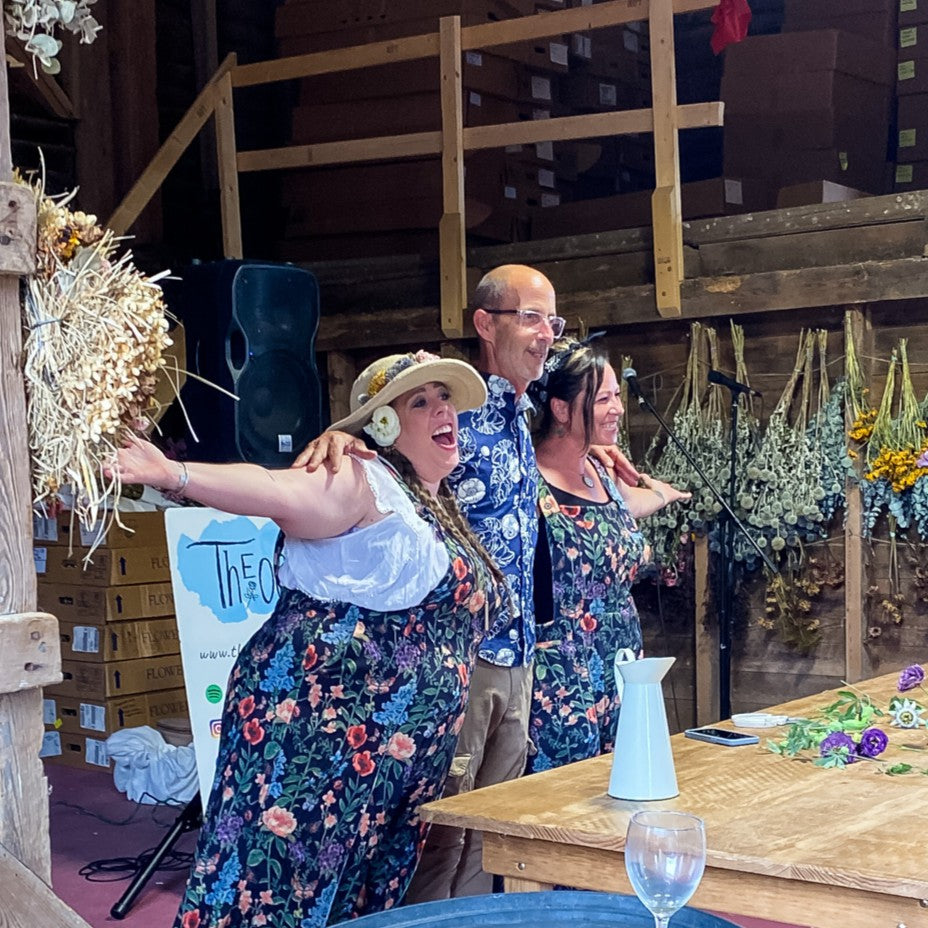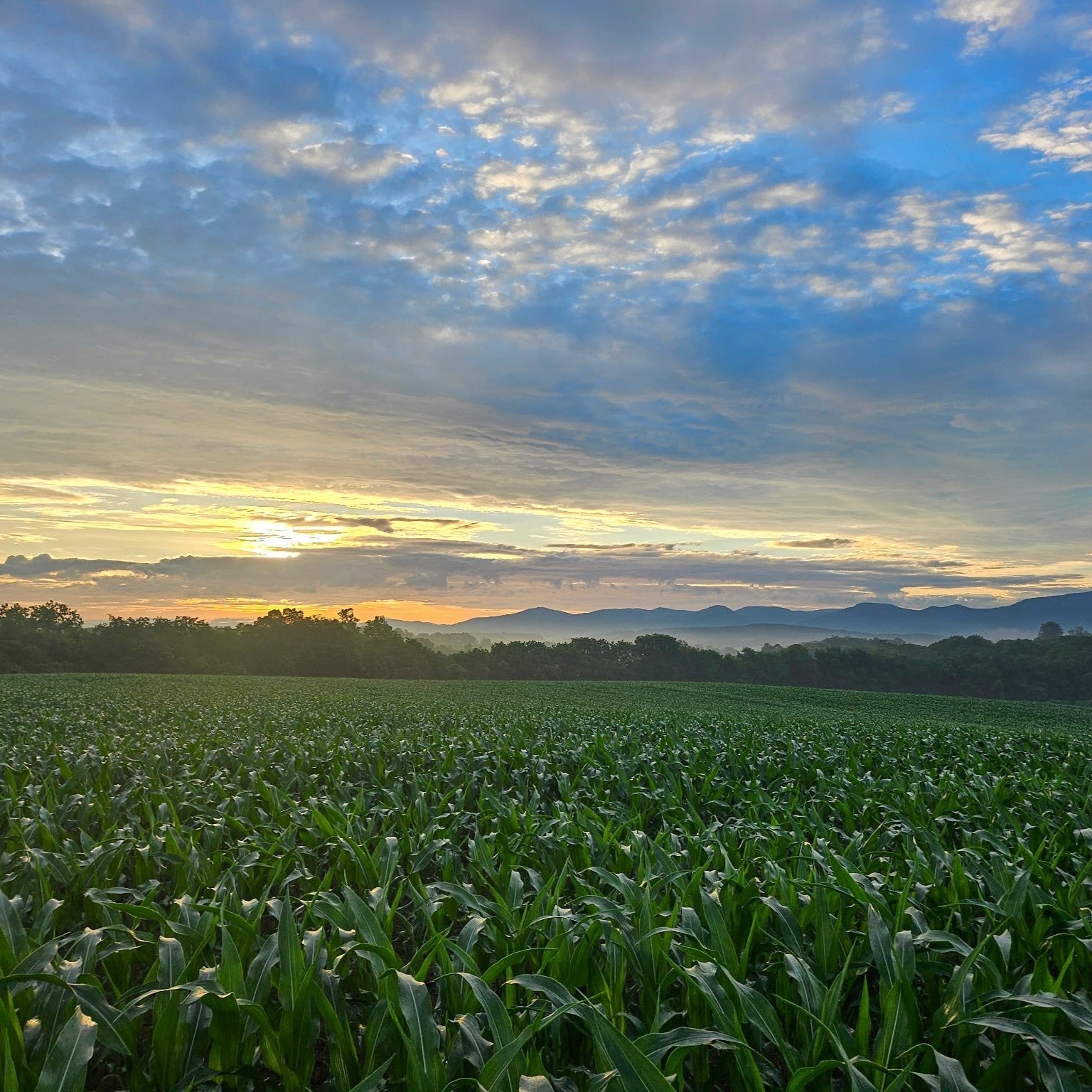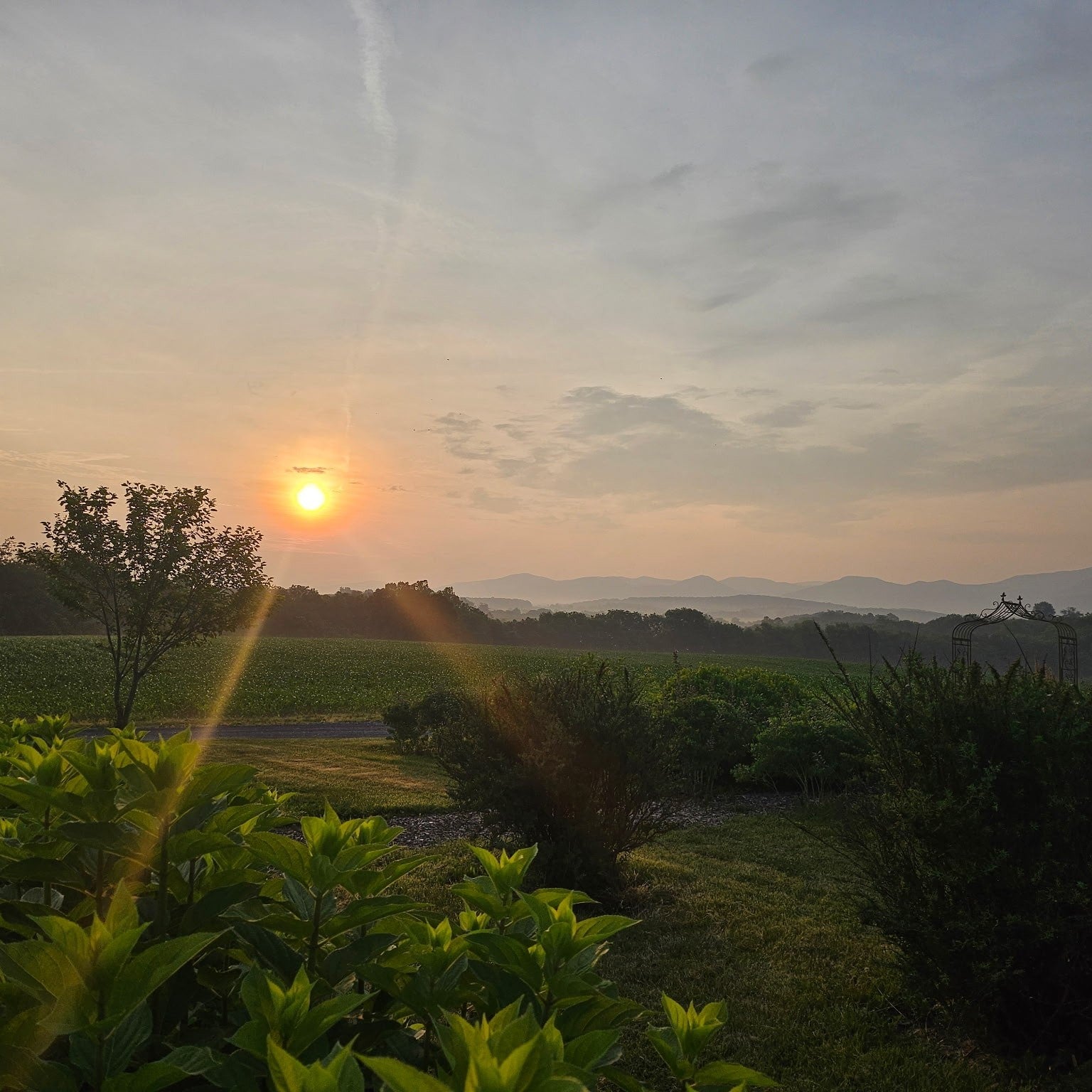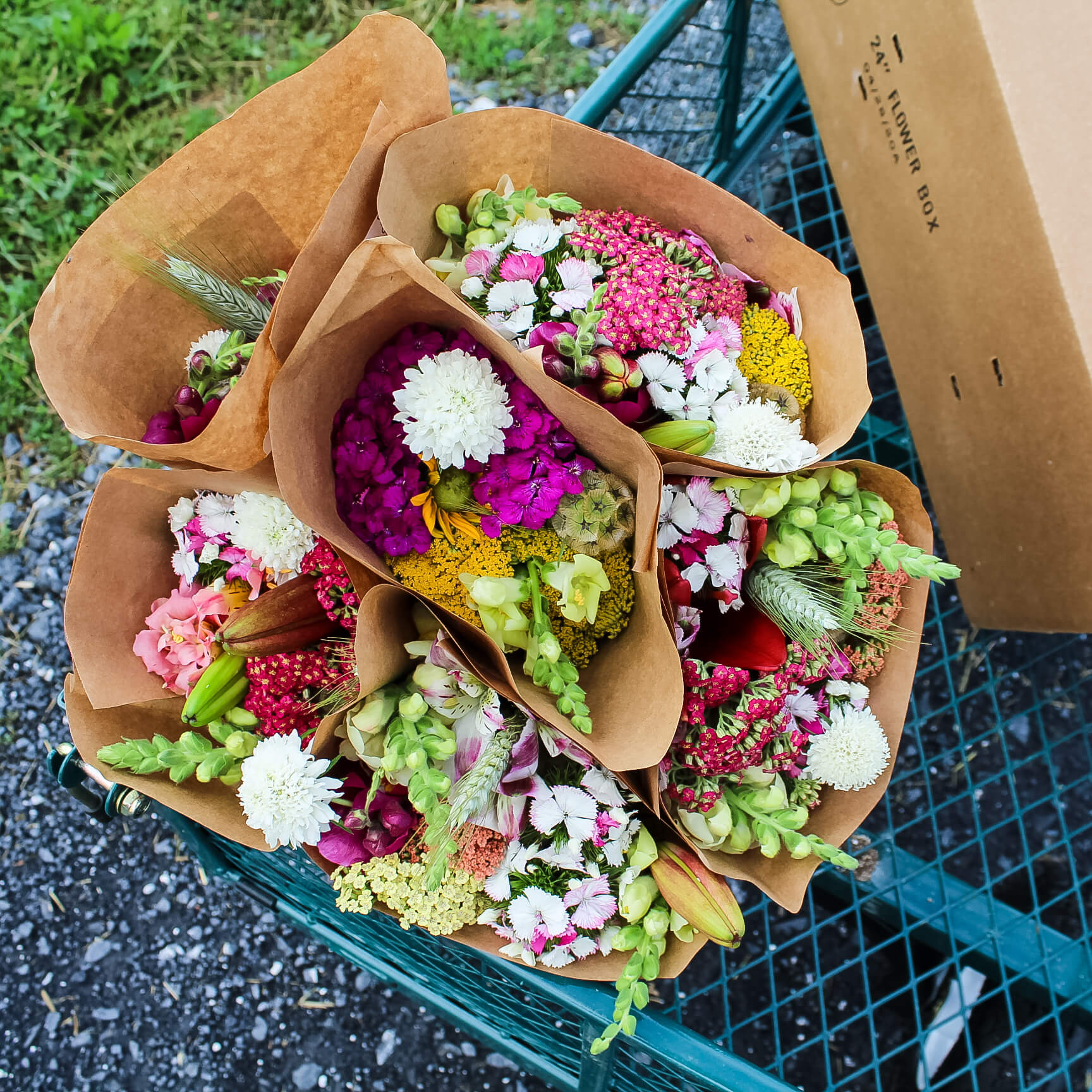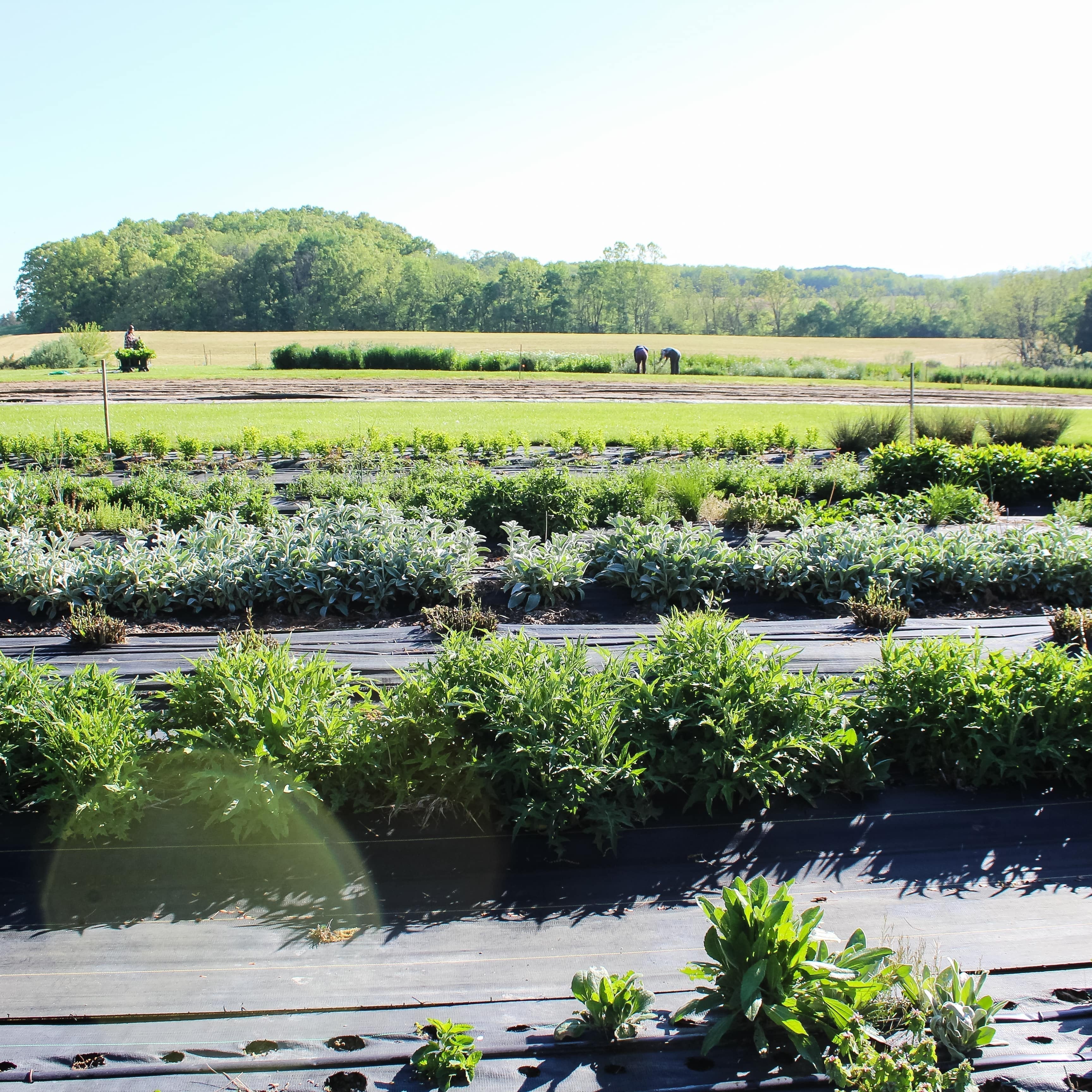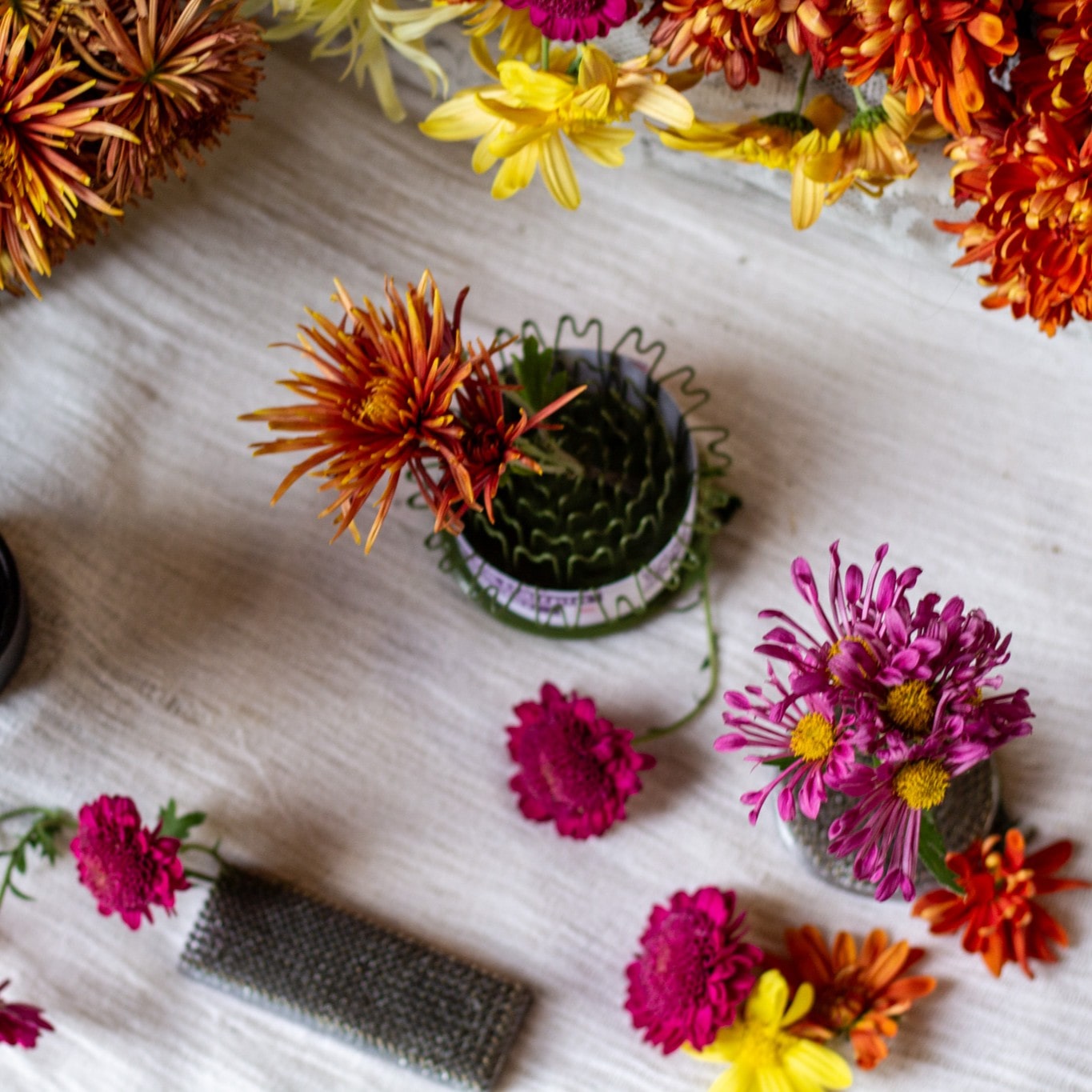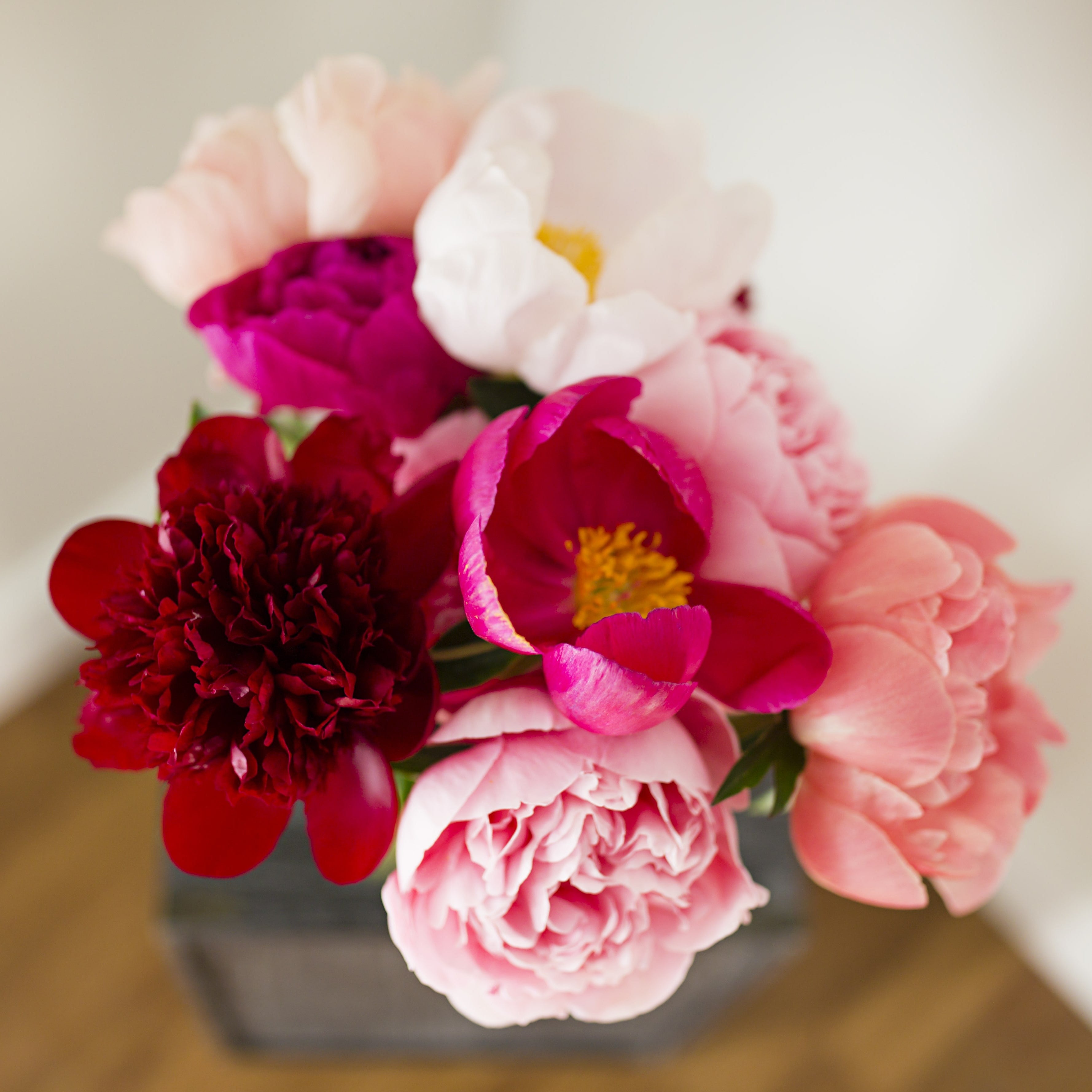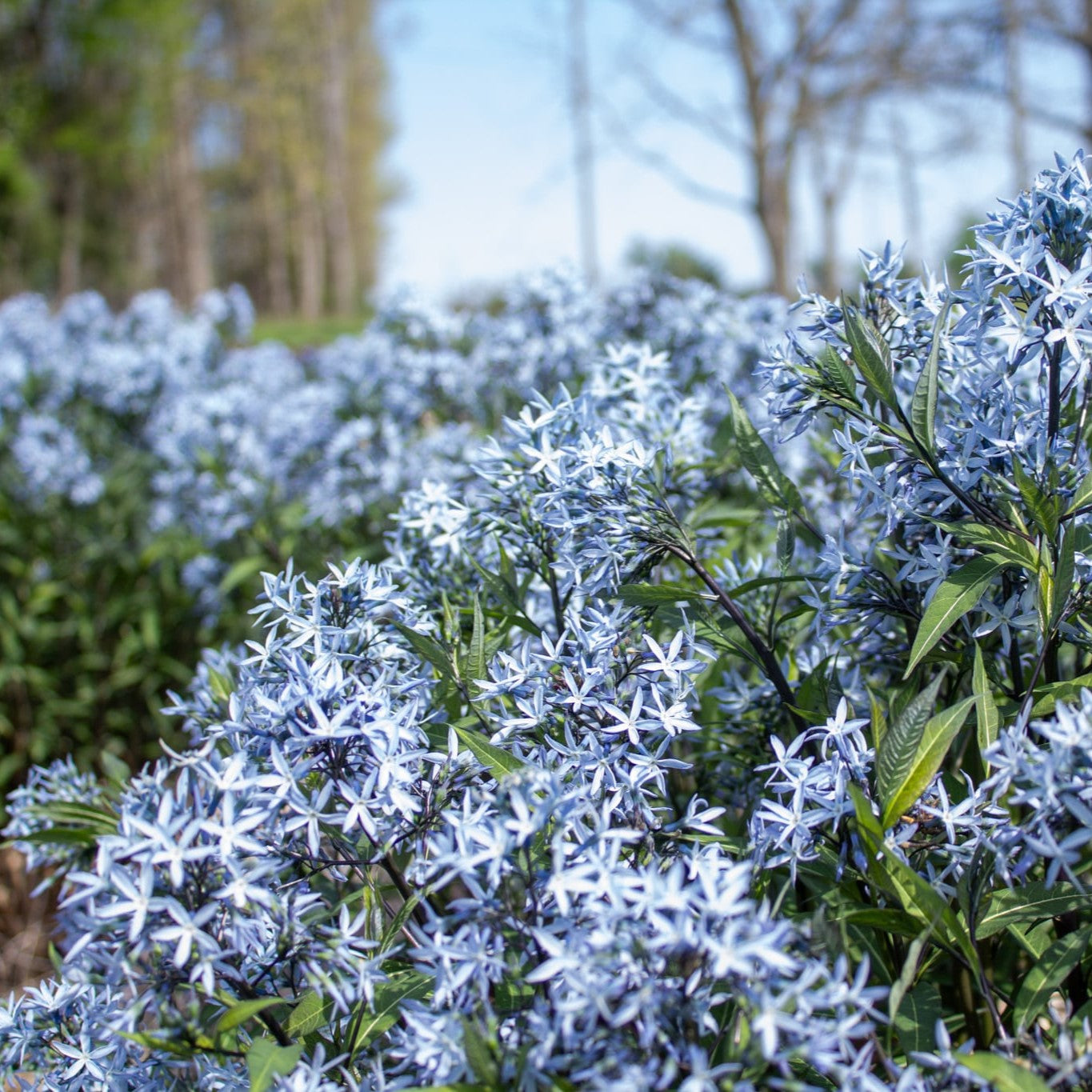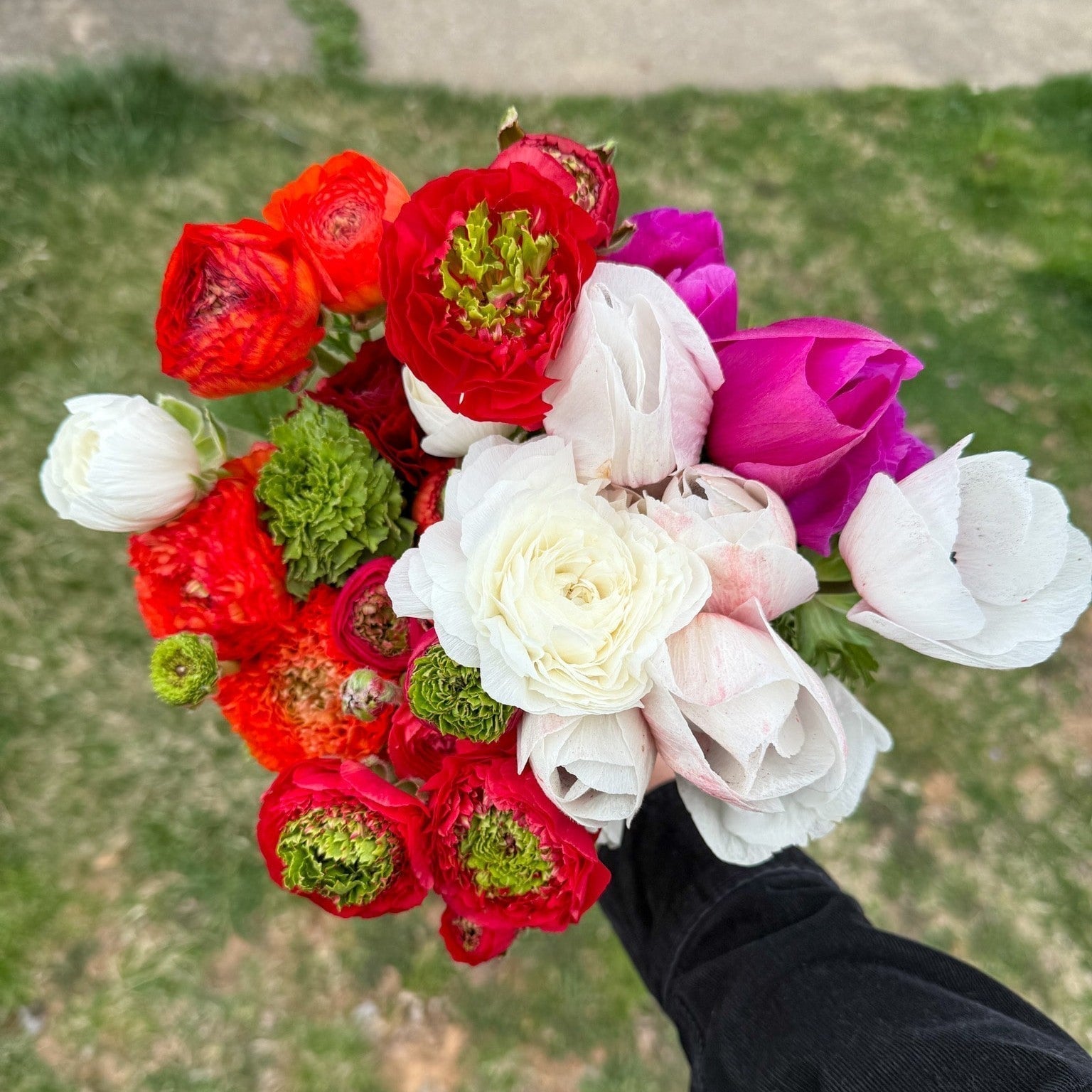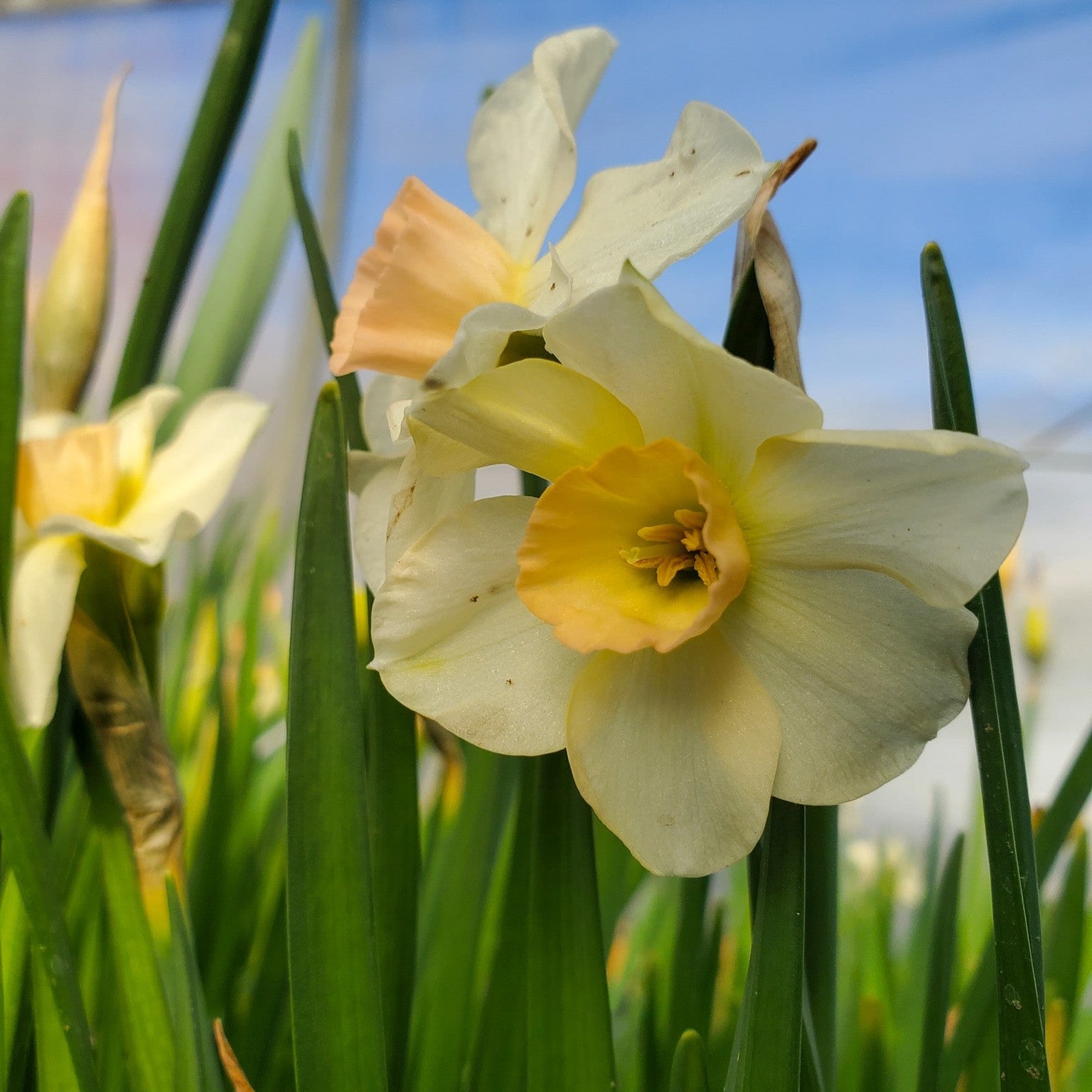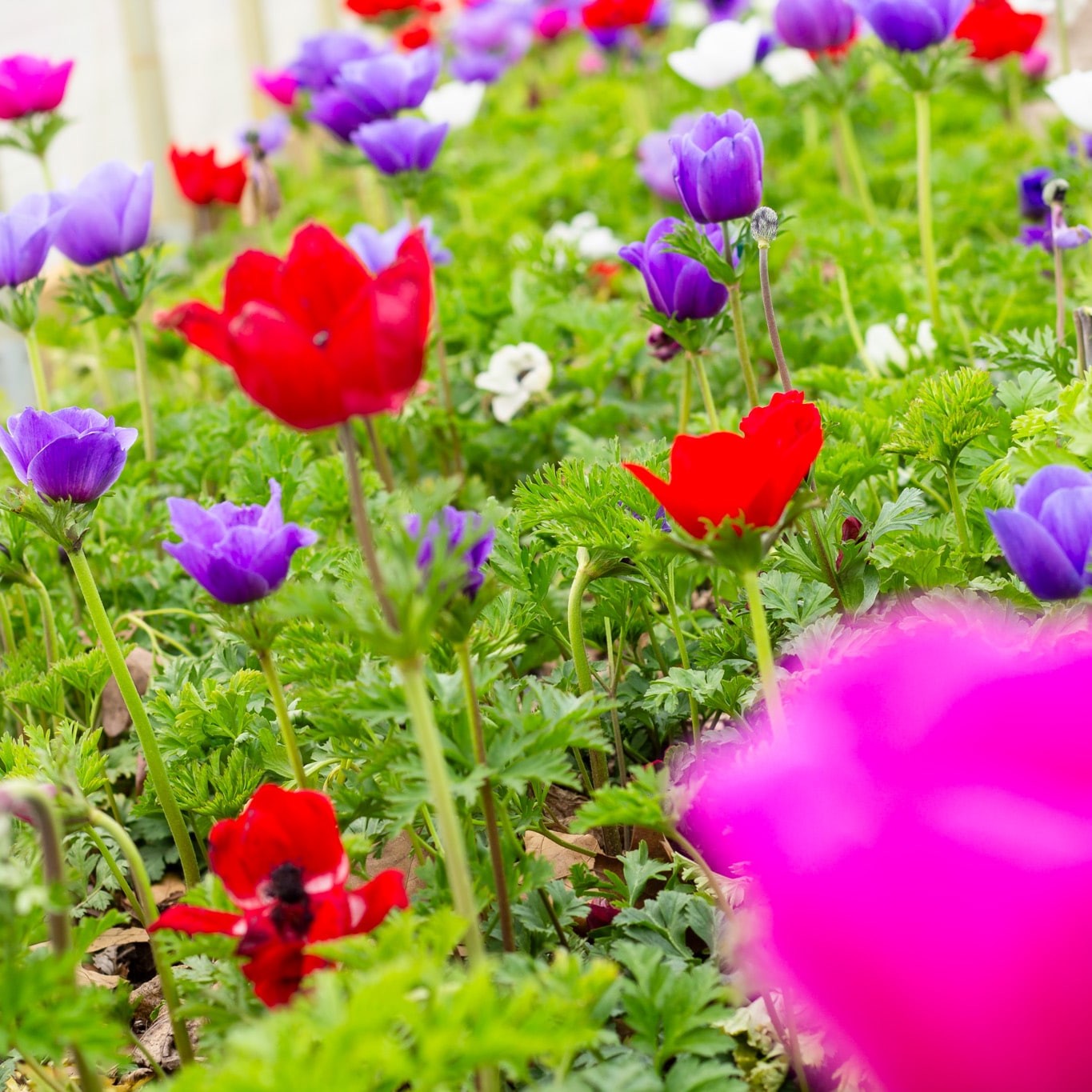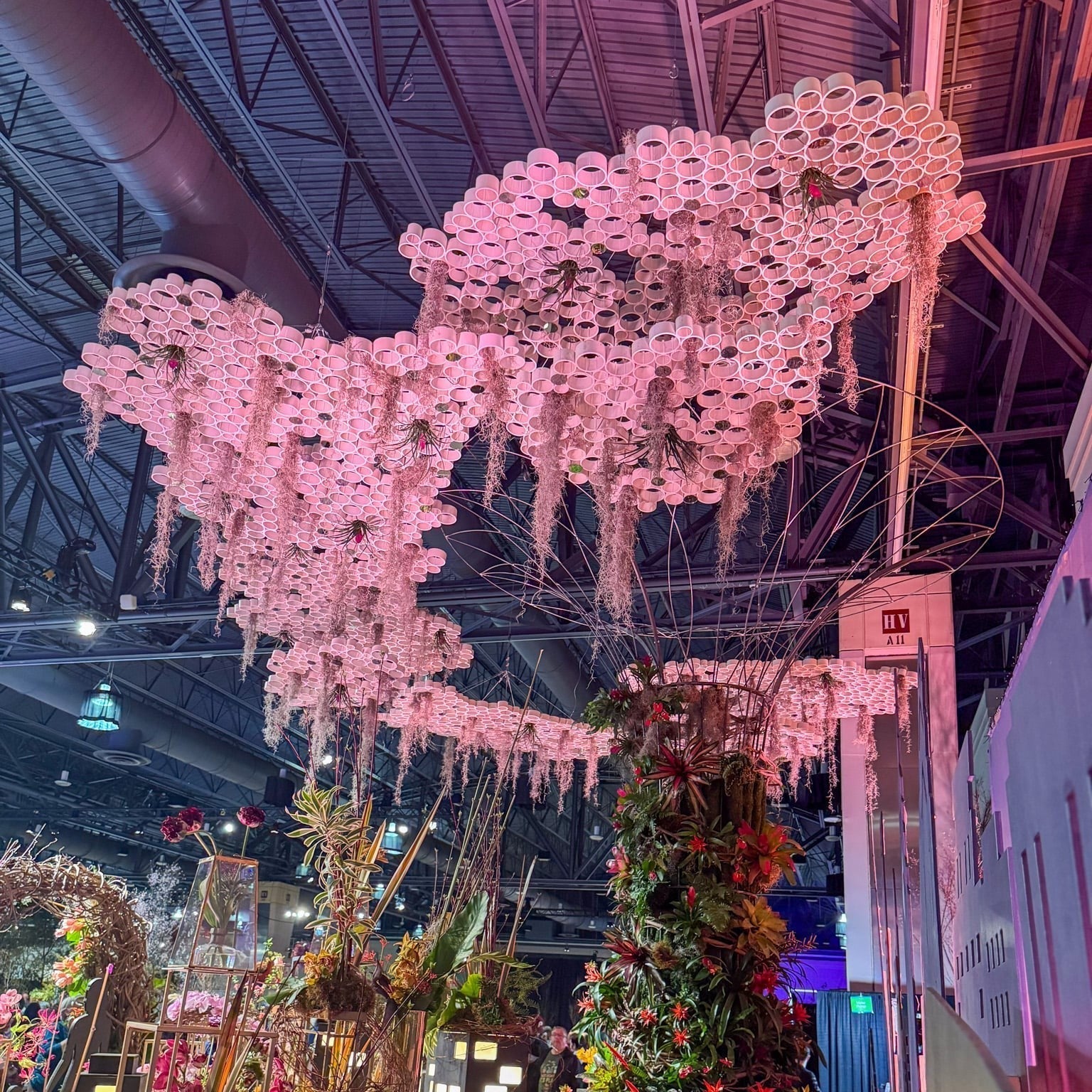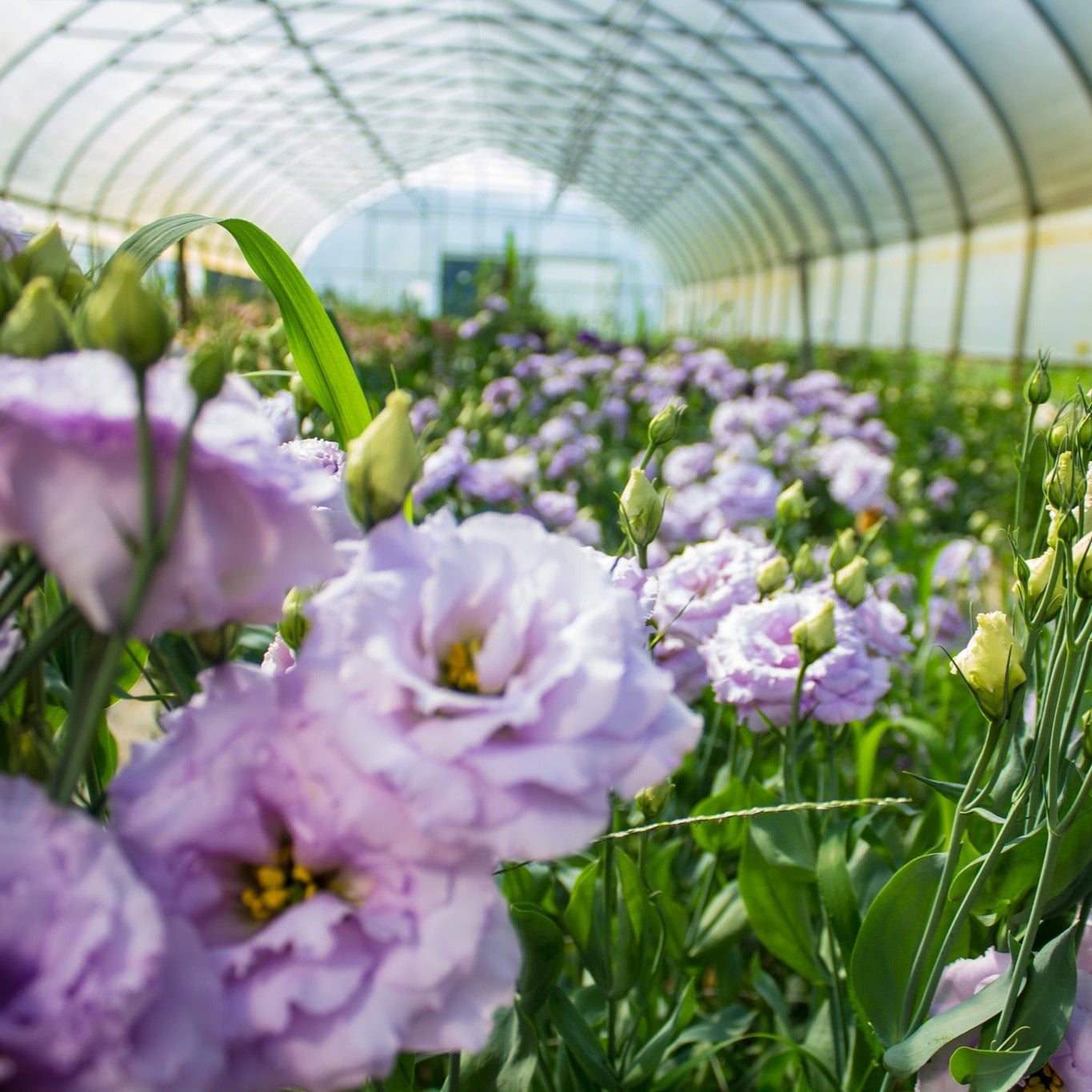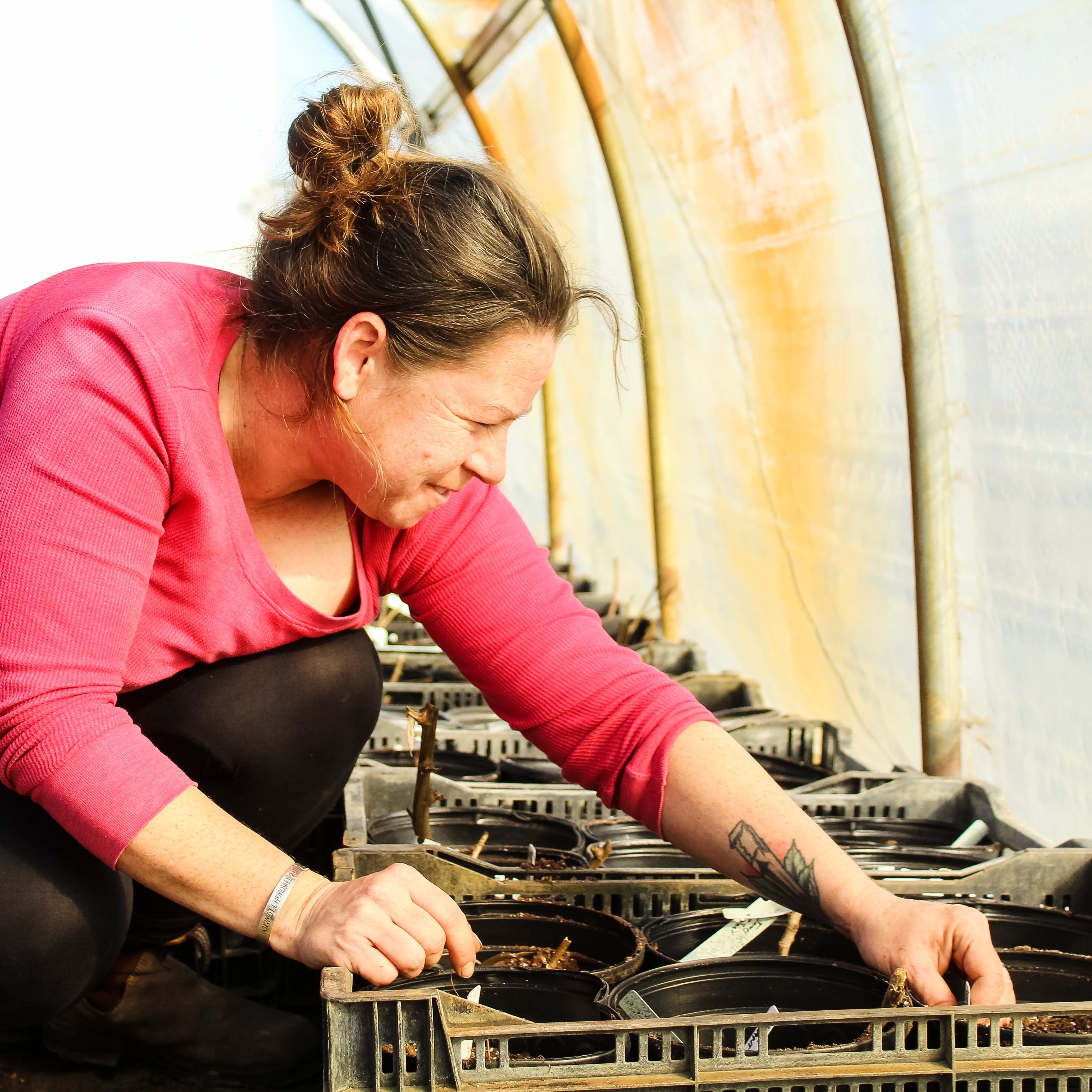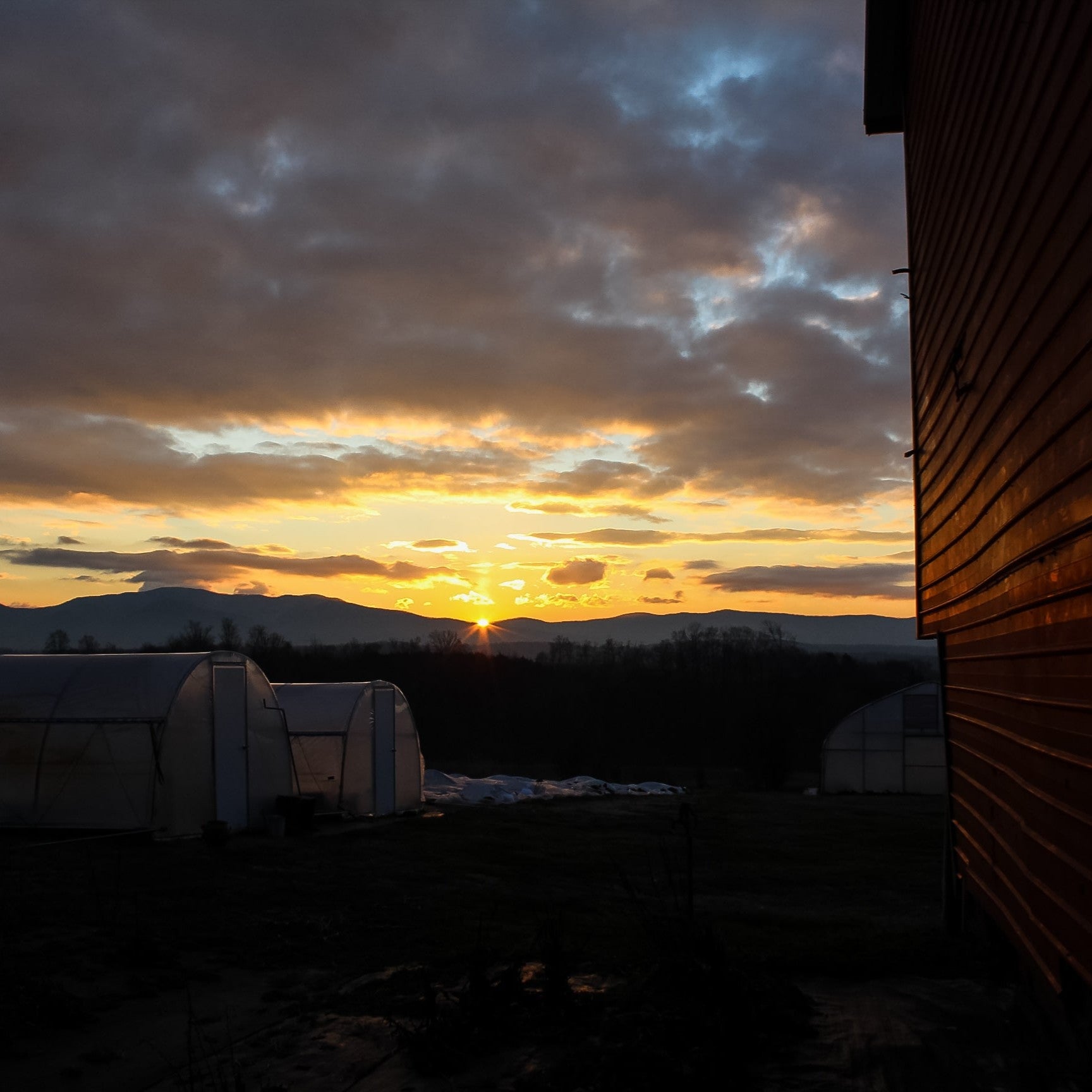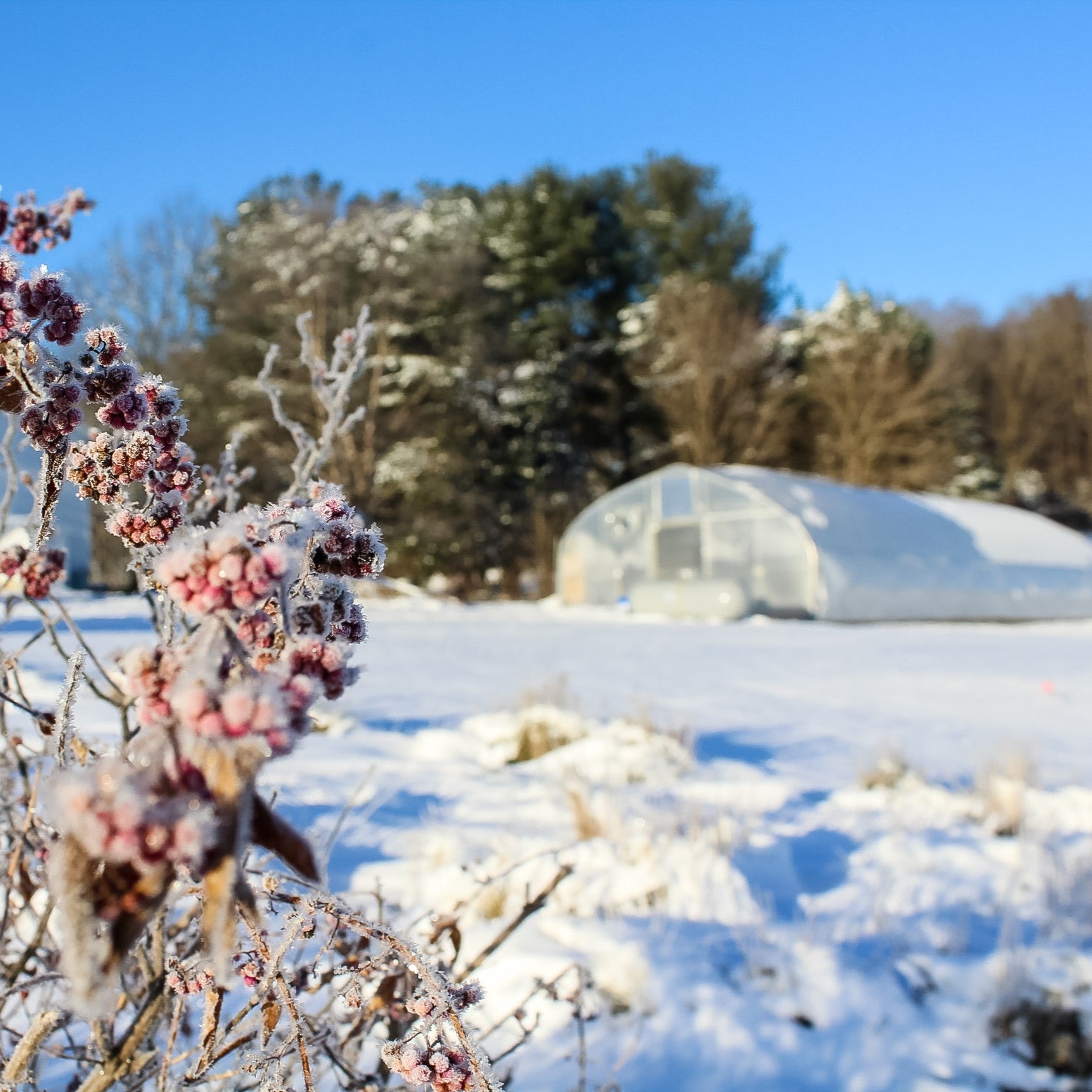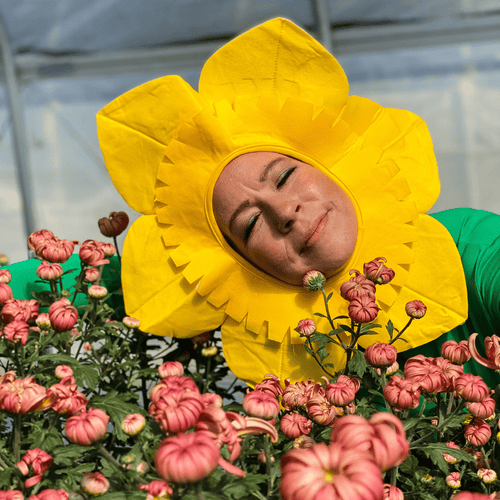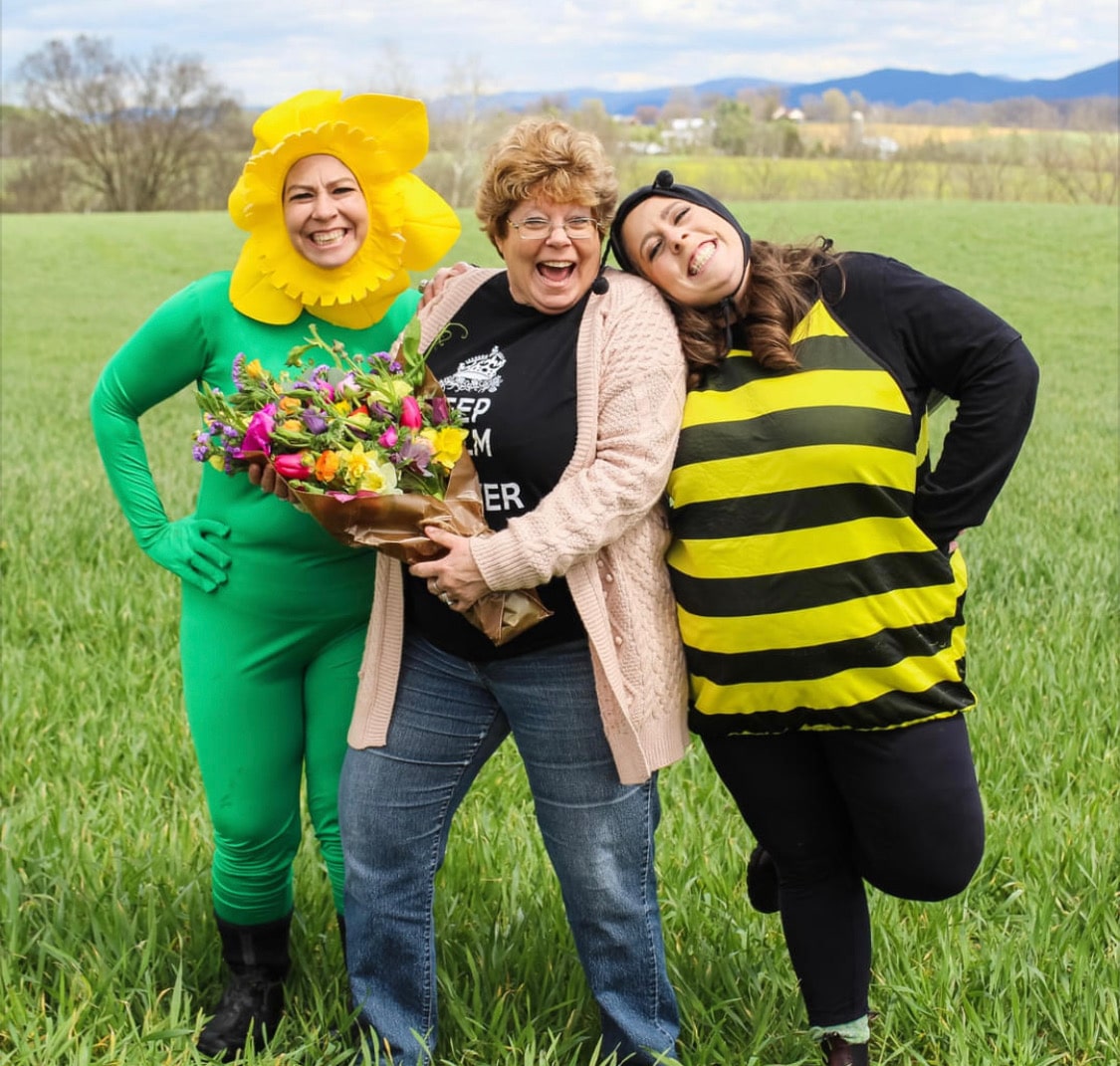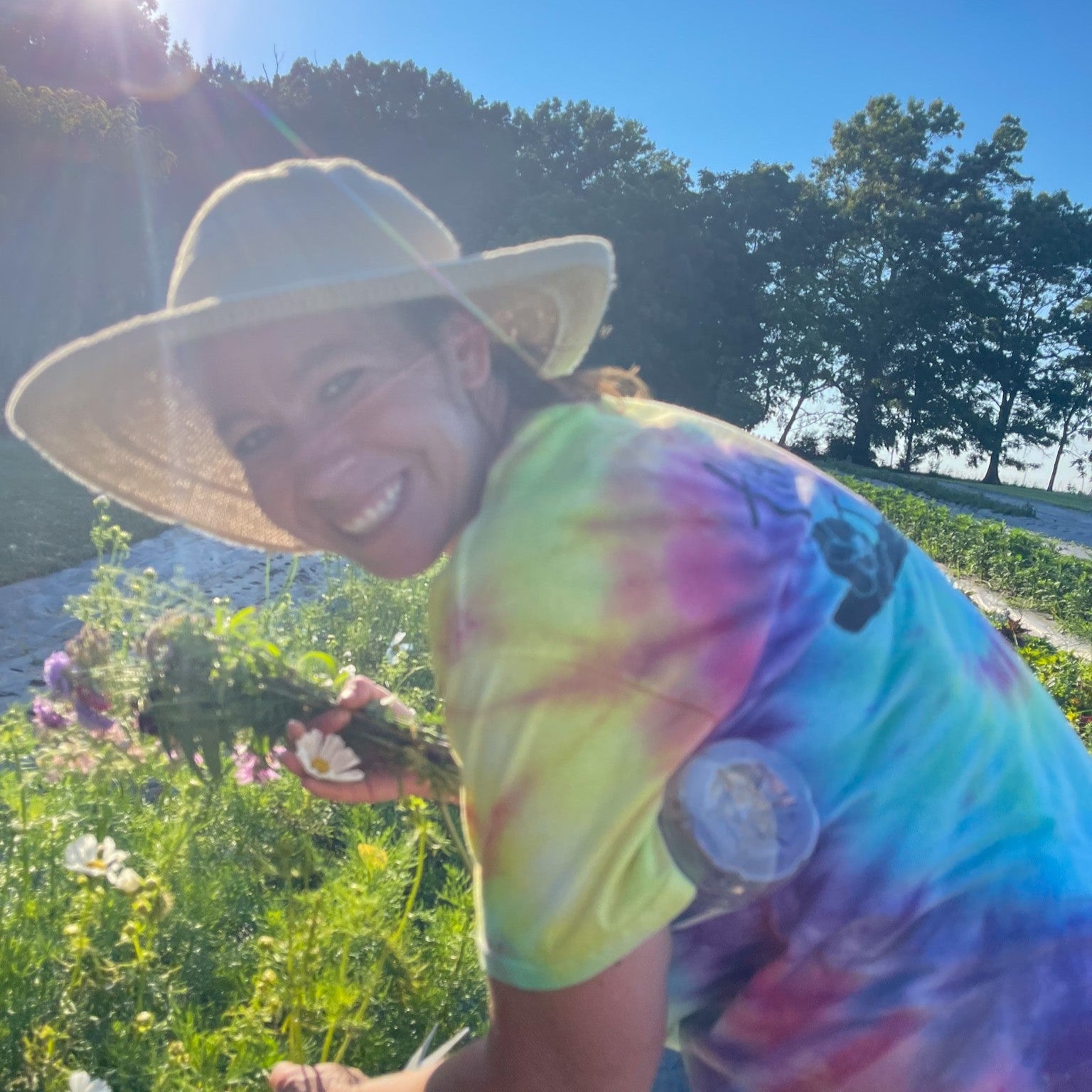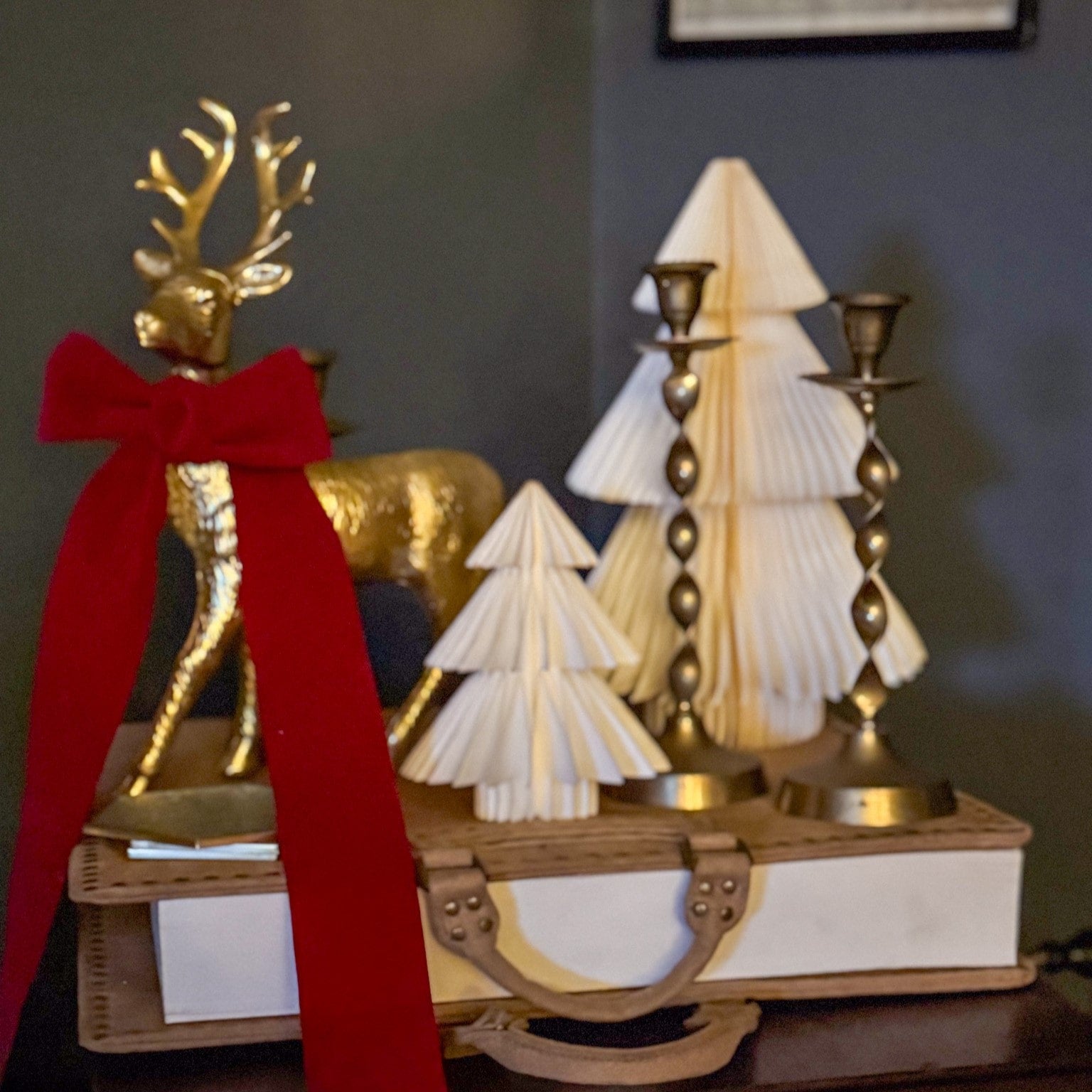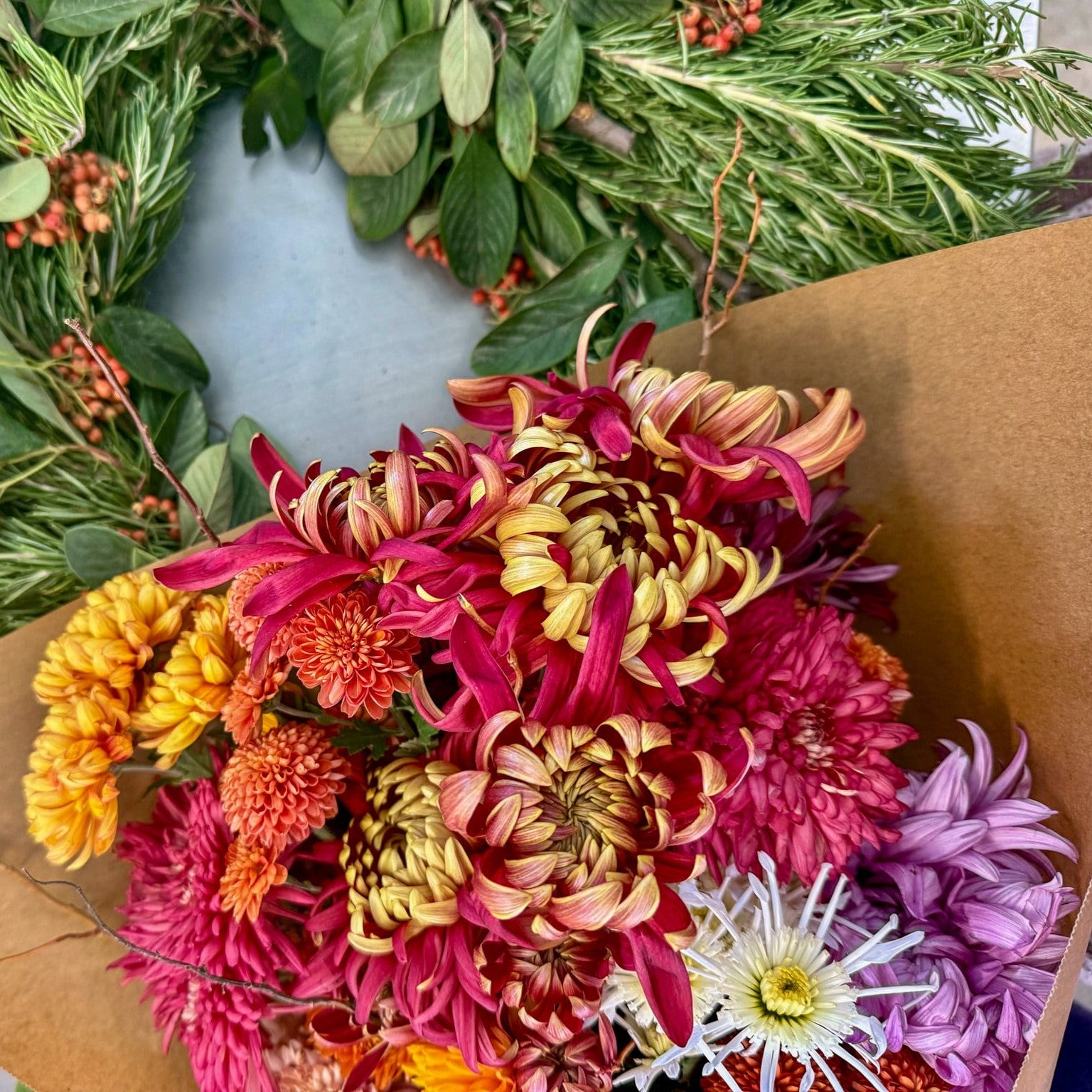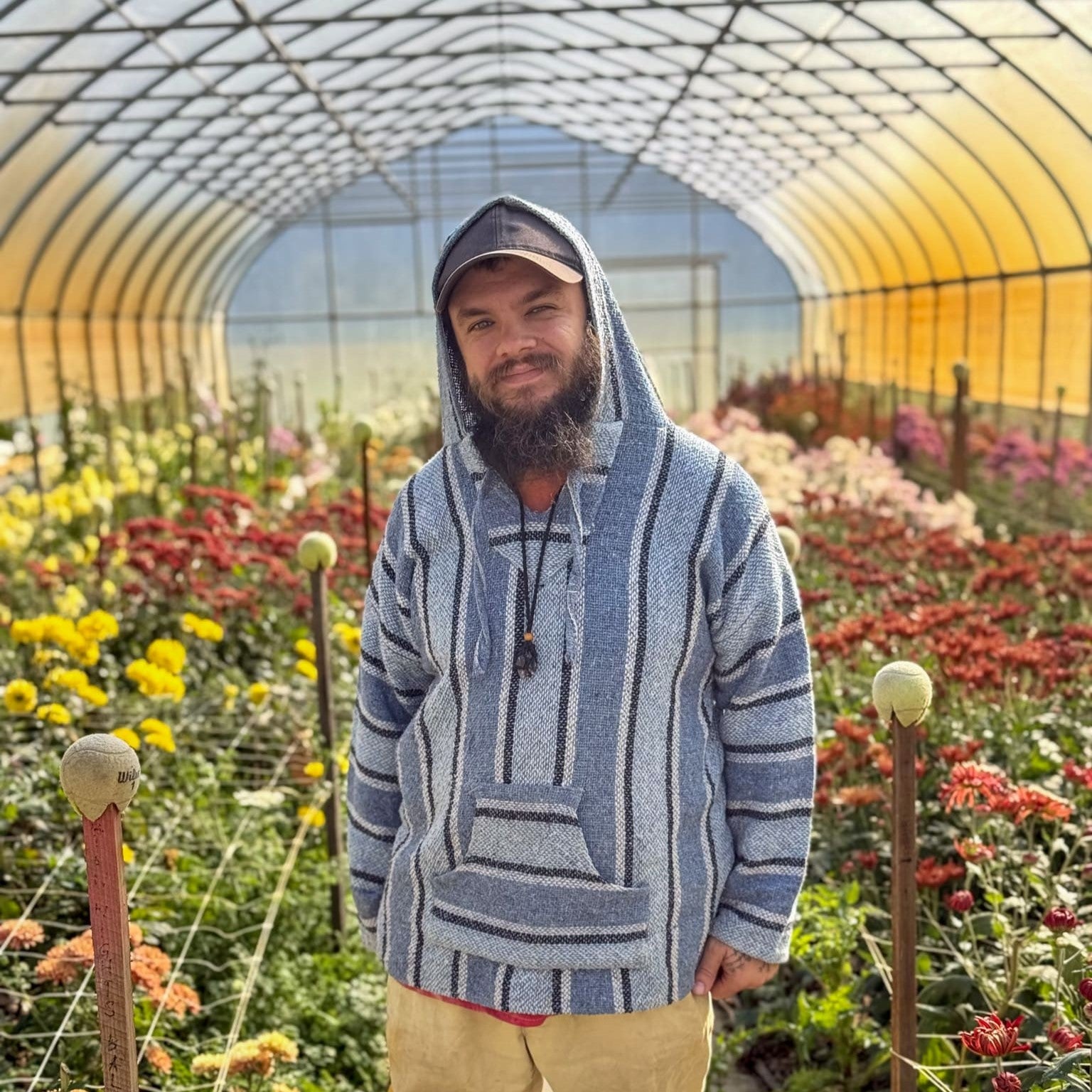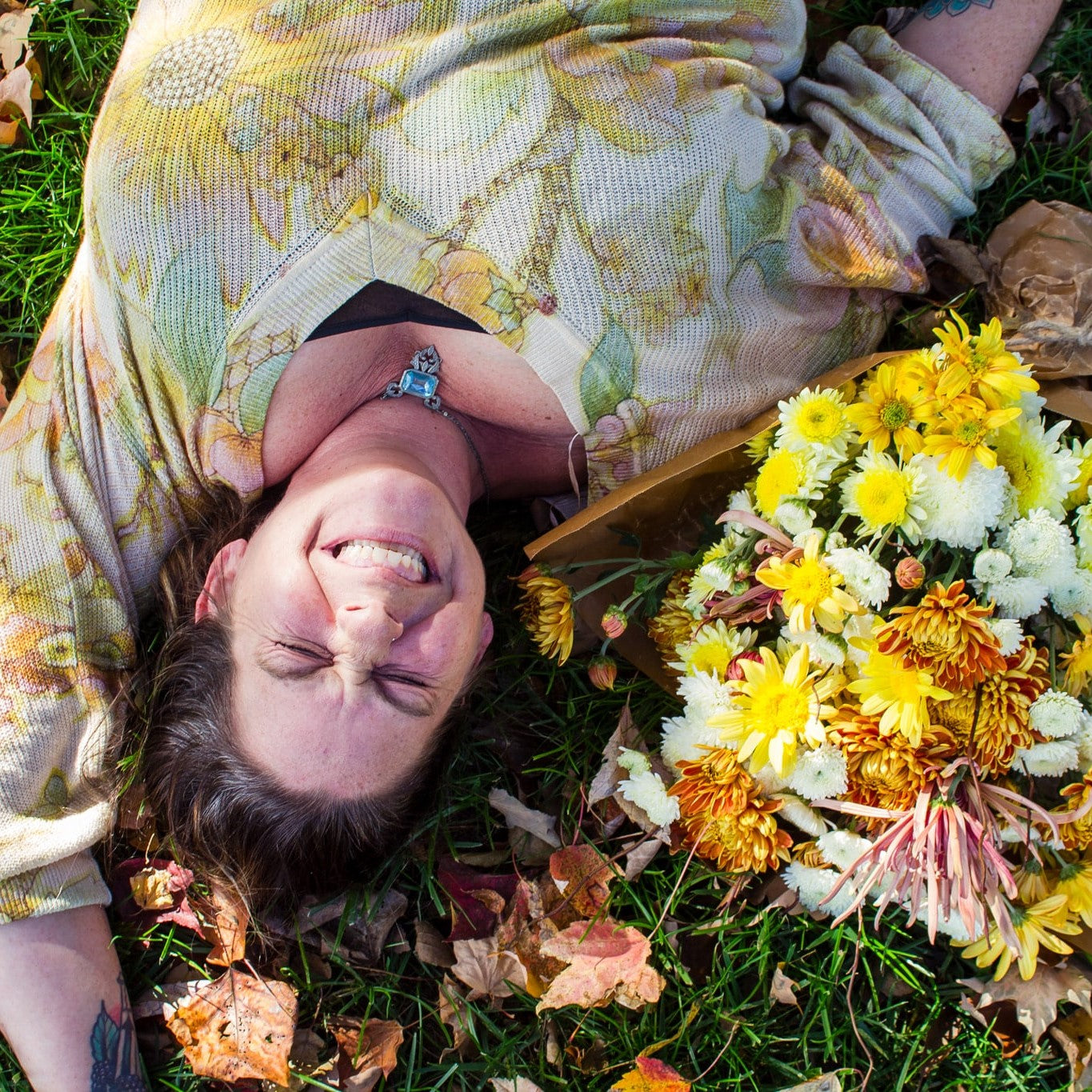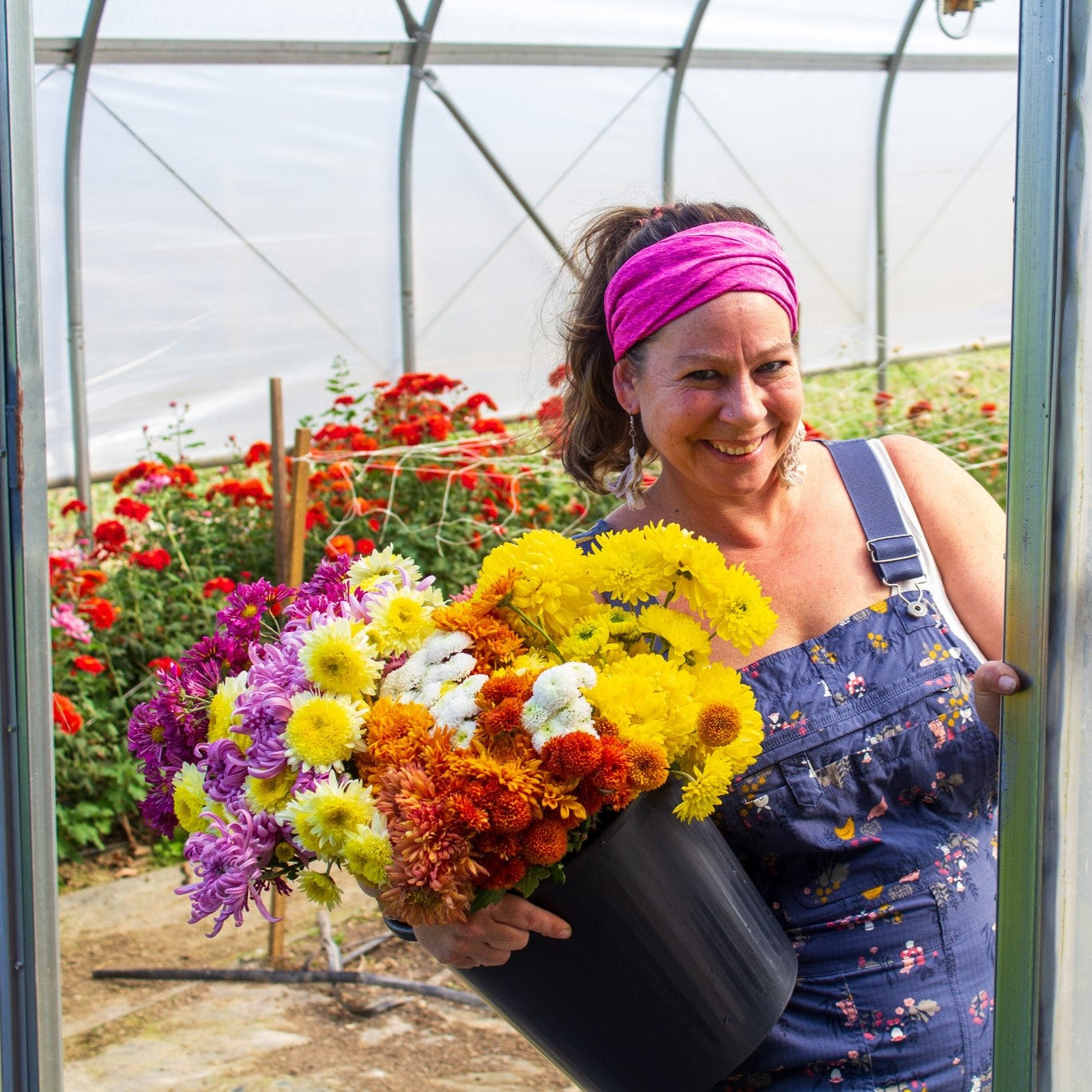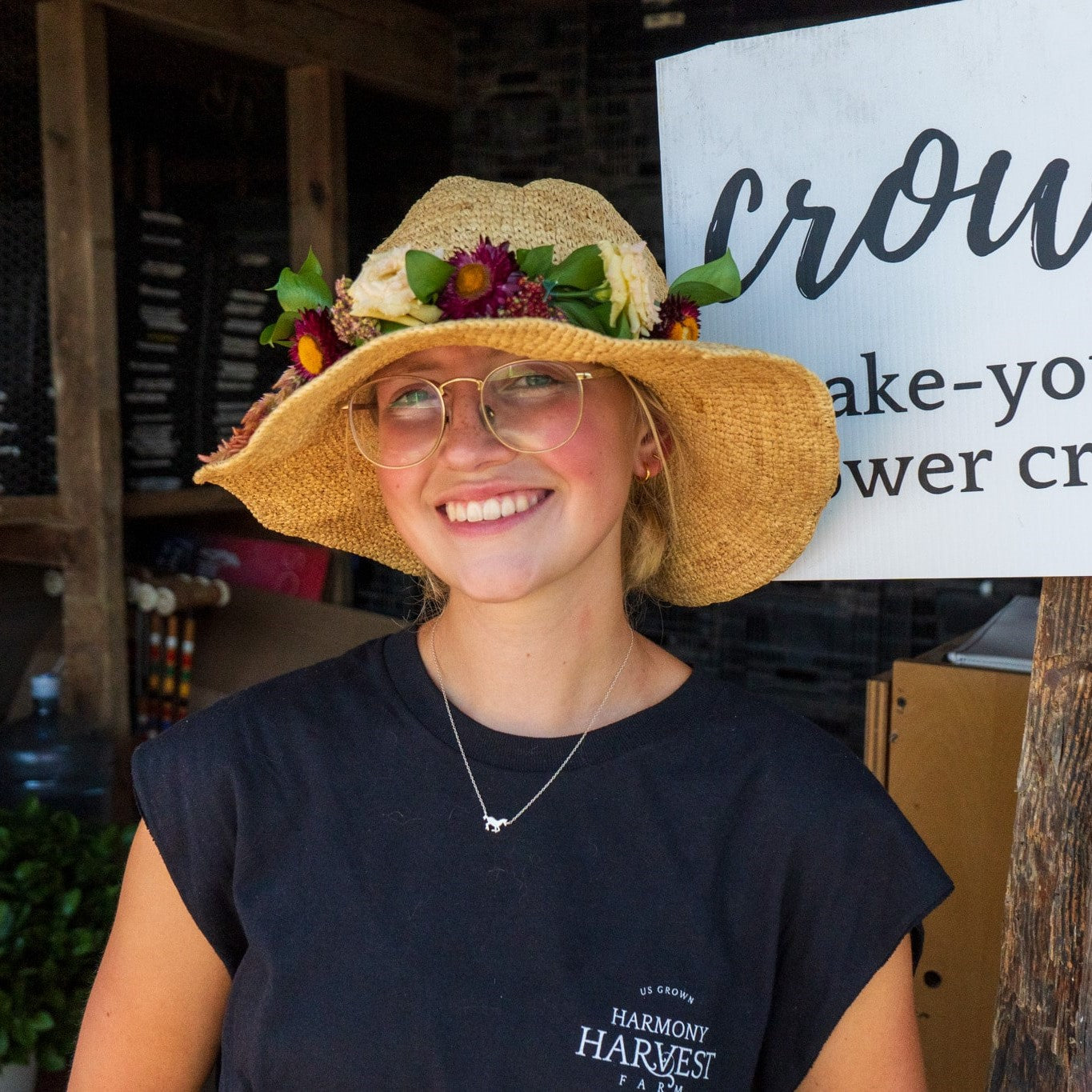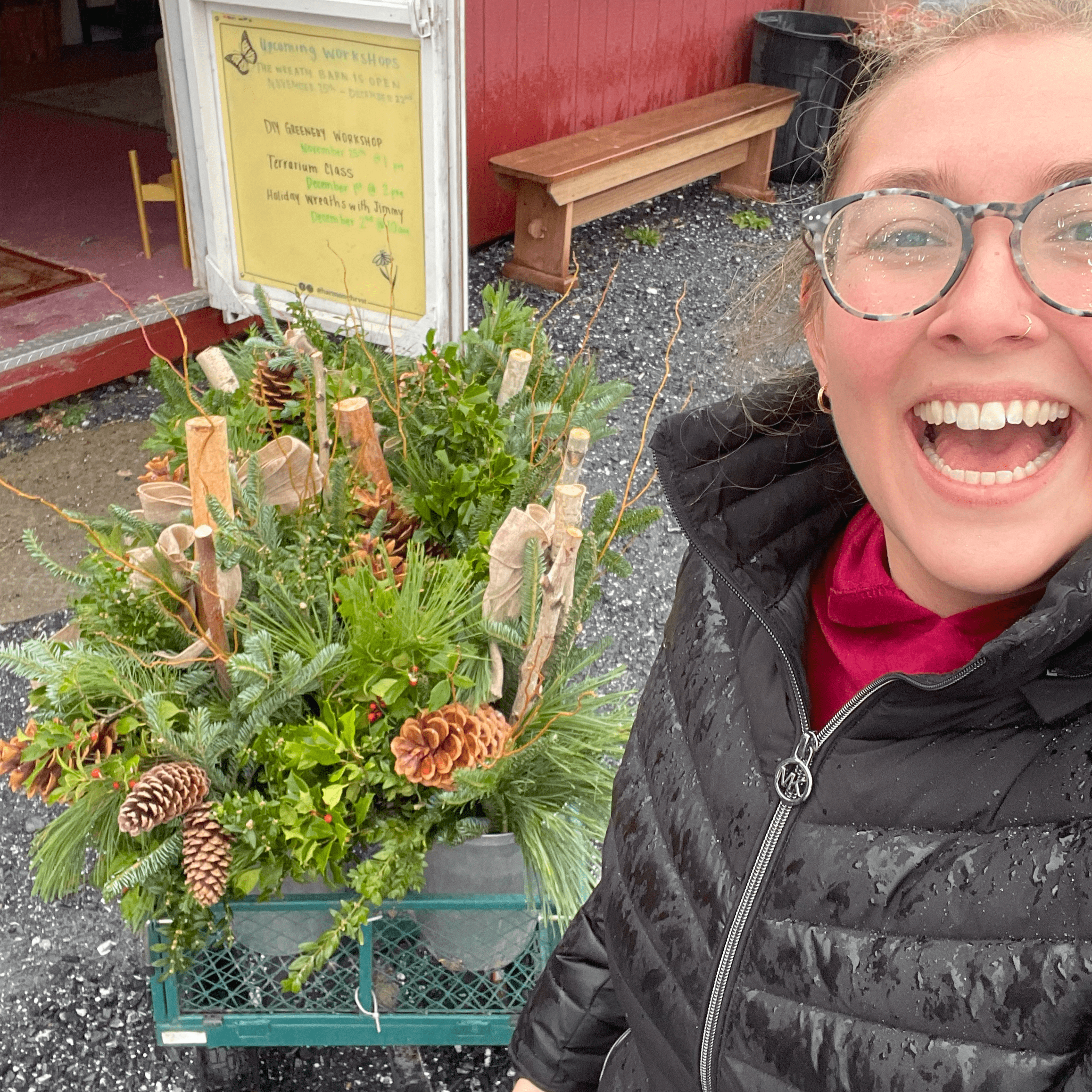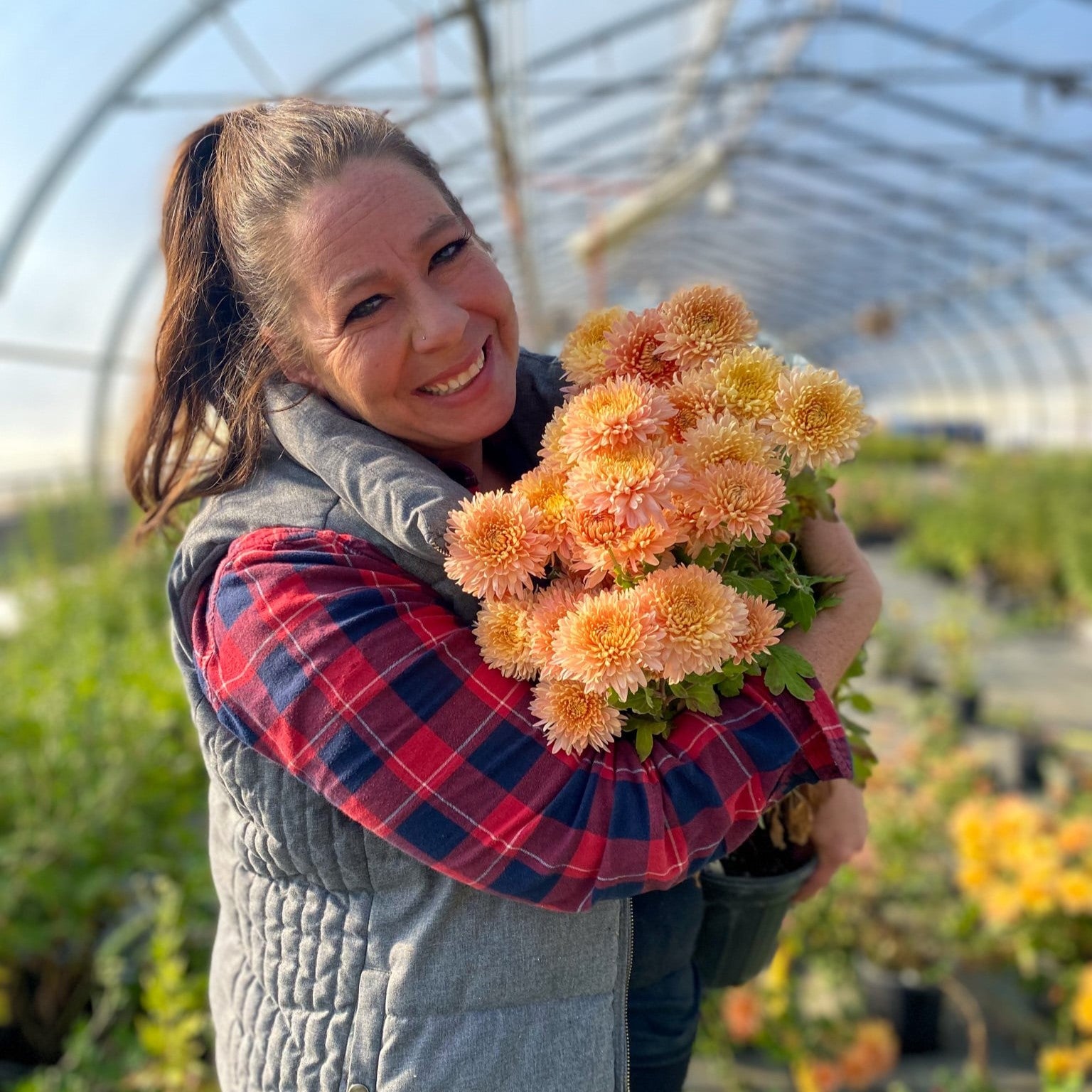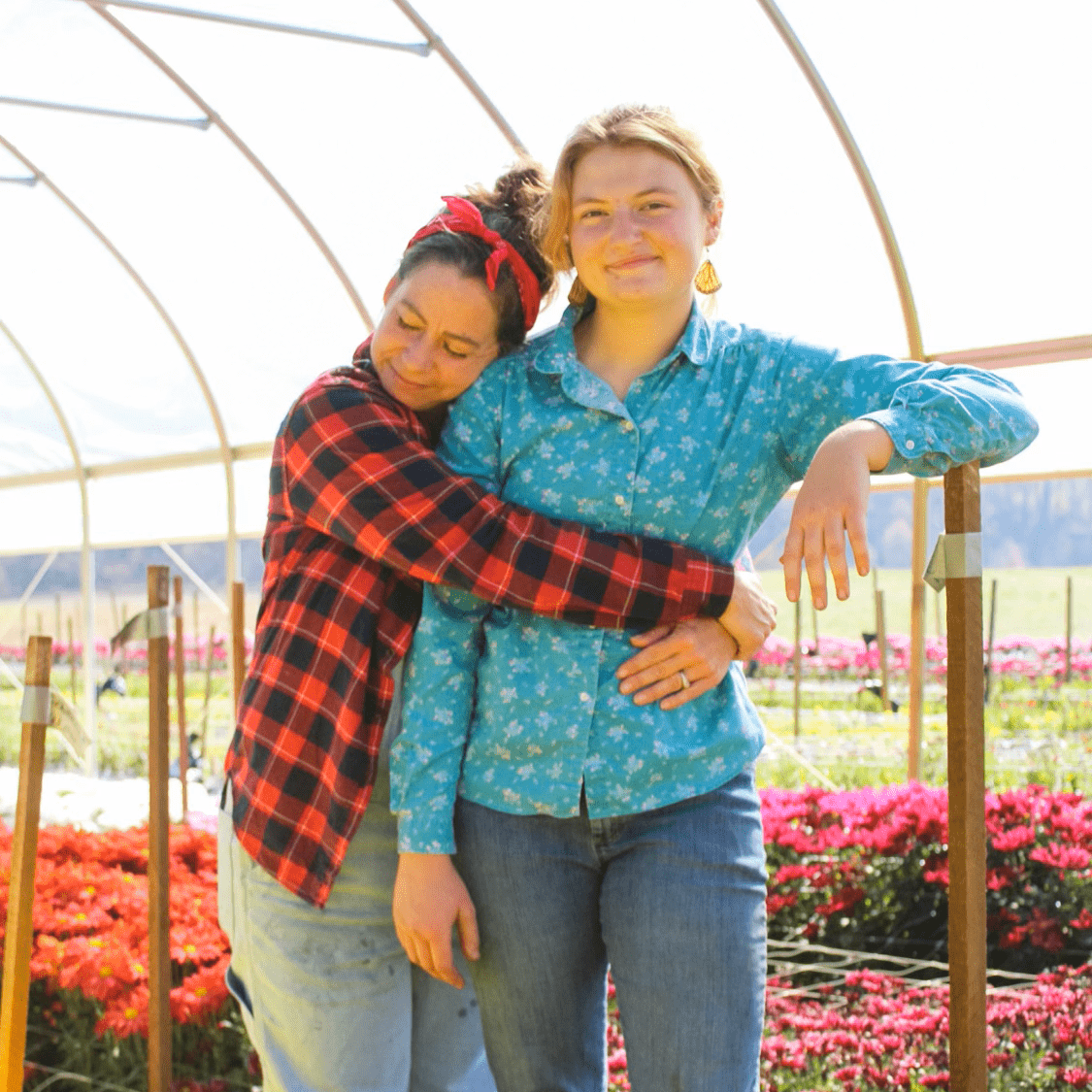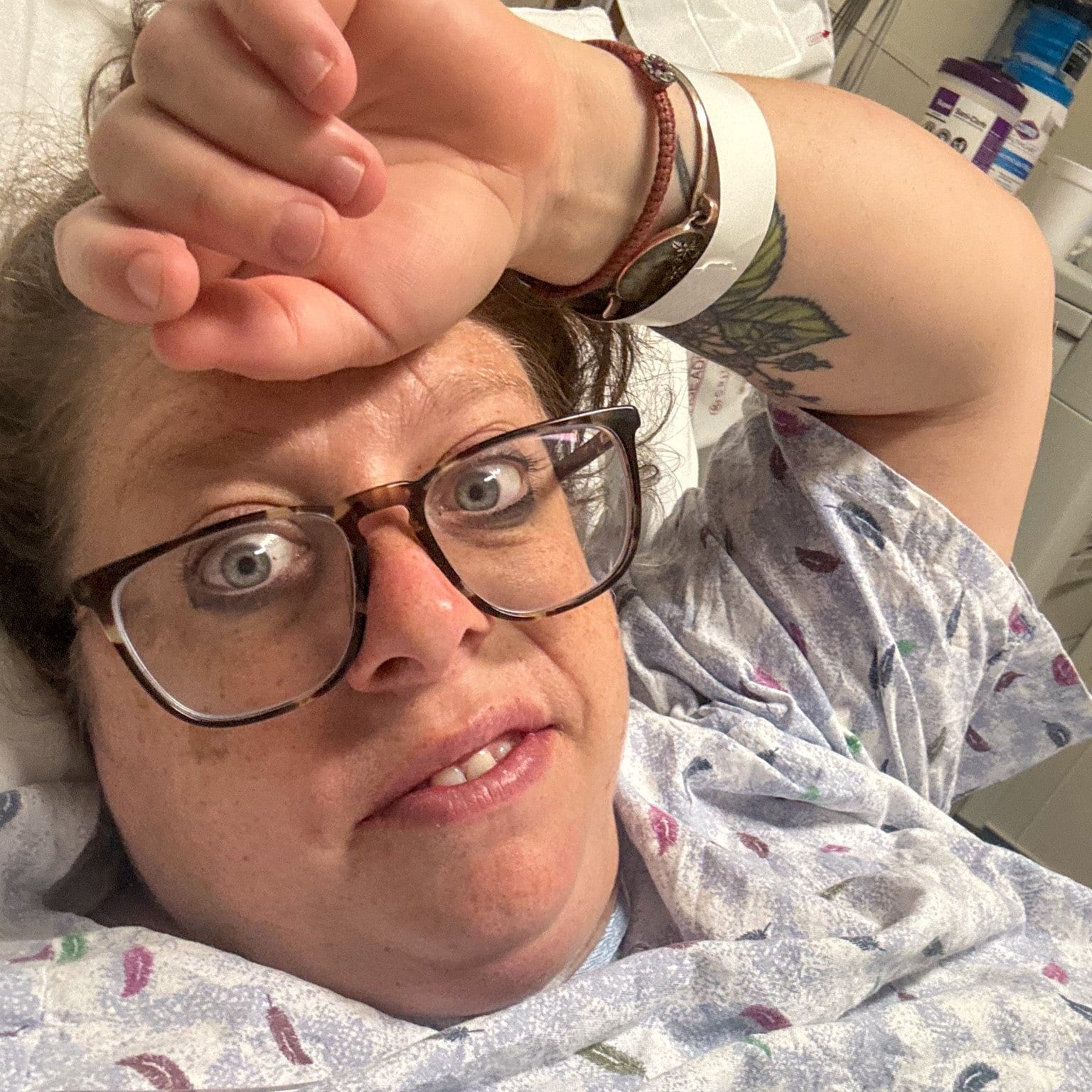Baptisia is having a moment on the farm right now. This plant is a recent addition to my favorite perennial lists and one everyone should find a way to tuck into a landscape bed! New varieties with impeccable color have hit the market in the past few years so if you like low maintenance, big impact plants I would highly recommend snagging a few - you won’t be disappointed!

I just started growing Baptisia a few years ago and never really knew much about them. The purple spikes of blooms of the traditional varieties didn’t grab my attention like other spring perennials I was looking to acquire, so Baptisia constantly got bumped to the bottom of the wish list. Although in hindsight, I wish I had kept them at the top.
Then, as I was flipping through a mail order catalog a few years back, I came across a newer variety called Chocolate Truffles. It stopped me in my tracks. The brown hue of the blooms was different from the multitude of colors I typically see and it intrigued me. I added a few to my cart and the rest is history. I remember planting those first bare roots in the fall looking like nothing more than dirt clods. I crossed my fingers, said a prayer, and hoped for the best.
 |
 |
When the first shoots began to pop through the earth like asparagus the following spring, I began my research to know when and how to properly harvest this new bloom. This is usually when I learn the most about plants. I grow based on technical information, but am always on the hunt for real-life accounts from master gardeners and historical stories. Baptisia was no exception.
I stumbled upon the history of this old perennial and dug in. Baptisia australis or “false indigo” is native to North America from the Hudson Bay in Canada to the Gulf of Mexico in Texas. While Indigo (a different plant) was used to dye fabrics rich blue hues, its high demand had folks in the 1700’s turning to the “false indigo” the Native Americans used for blue dying. Although Baptisia was not as rich in dyeable color, its availability to the British market at the time made it the FIRST subsidized agricultural crop. In 1775 South Carolina exported more than 1 million pounds of dried Baptisia cakes for fabric dye.

It’s taken about three years for the plants to get fully established. I lightly harvested the first year and slightly harder the second year. I wanted to be sure the plants were well established before we totally stripped them of their blooms, and it’s worked out quite well. In year three, they are thriving!

This was a plant that started the wheels of global agriculture for America, and our Virginia flower farm wouldn’t feel complete without this flagship plant. You better believe we will have a few tucked into the Pick Your Own Victory Garden! I have increased the varieties of baptisia we grow on the farm the past three years and now look at this beautiful plant with all new respect. You can find Baptisia in our Bouquet Box and Farmer's Choice Box over the next few weeks and when you see them in person, you’ll know exactly why I think this perennial is an absolute showstopper.
xoxo - Jess







